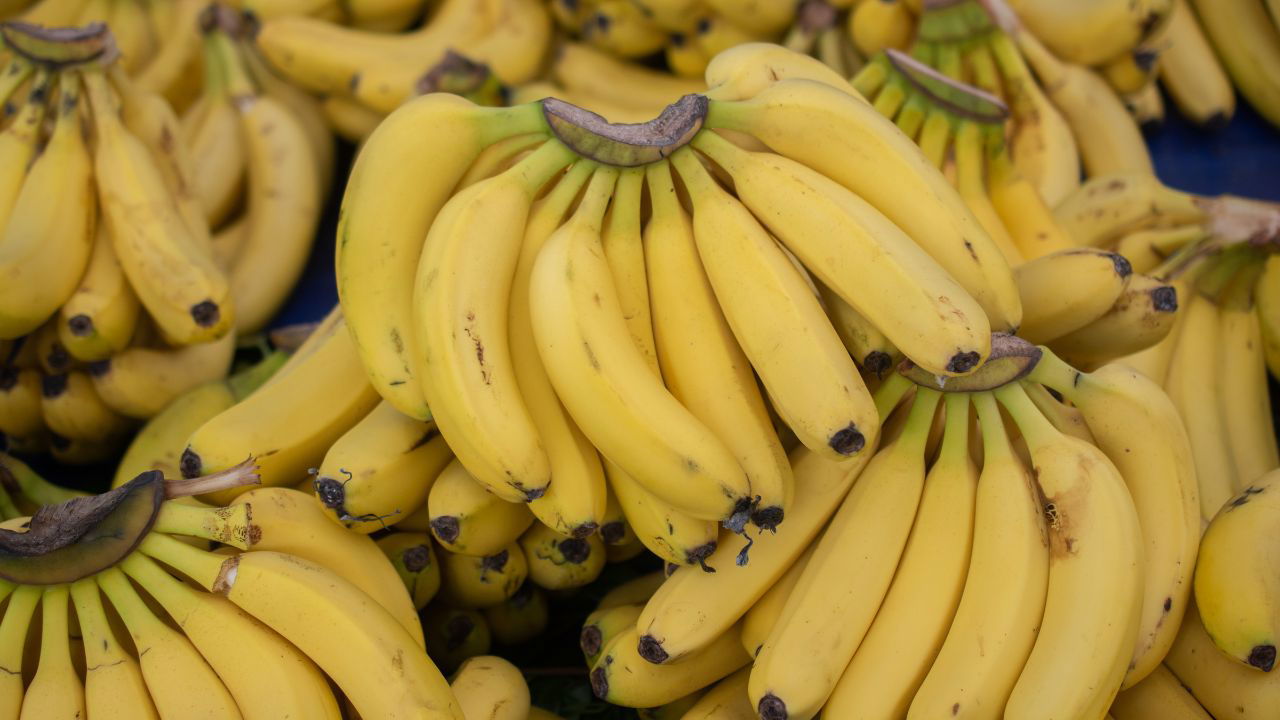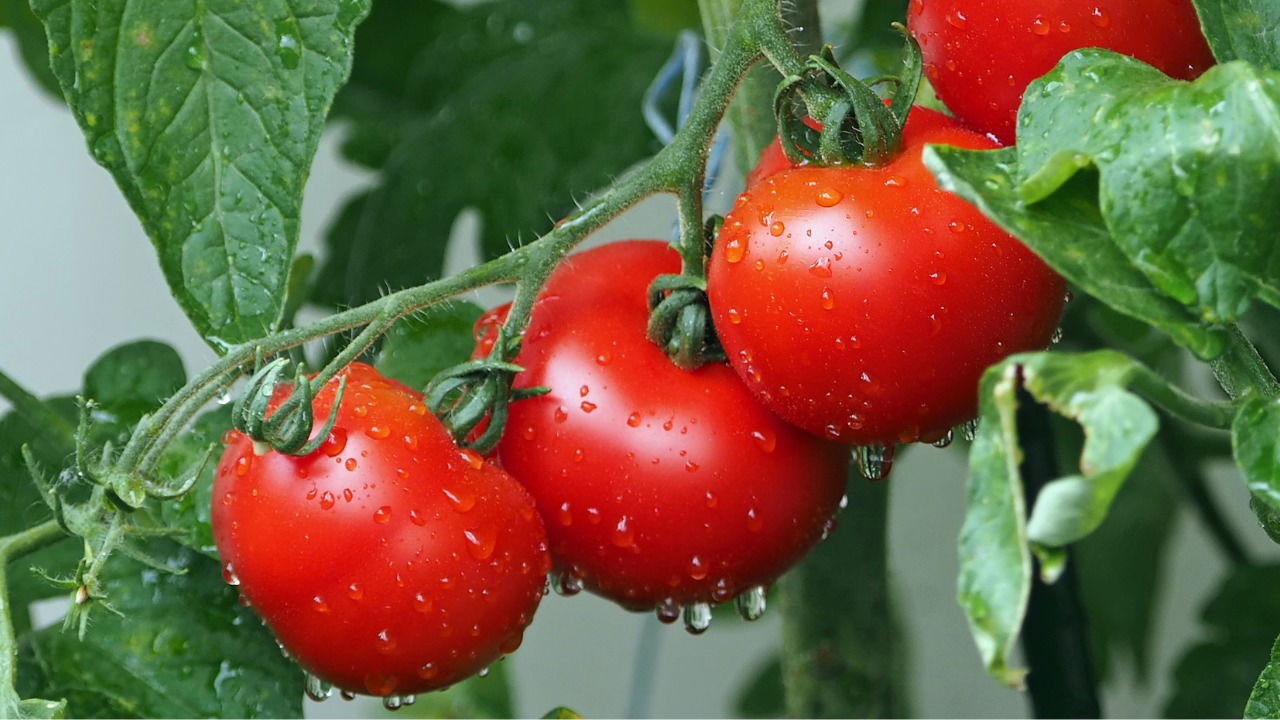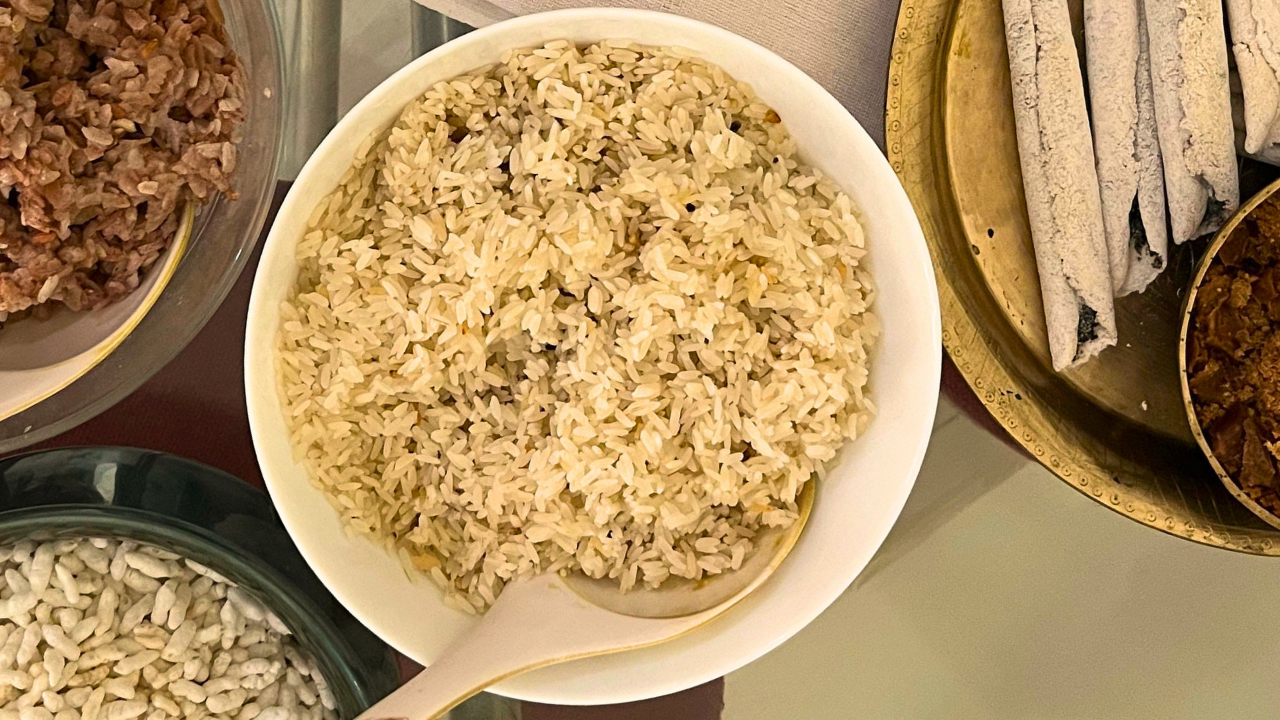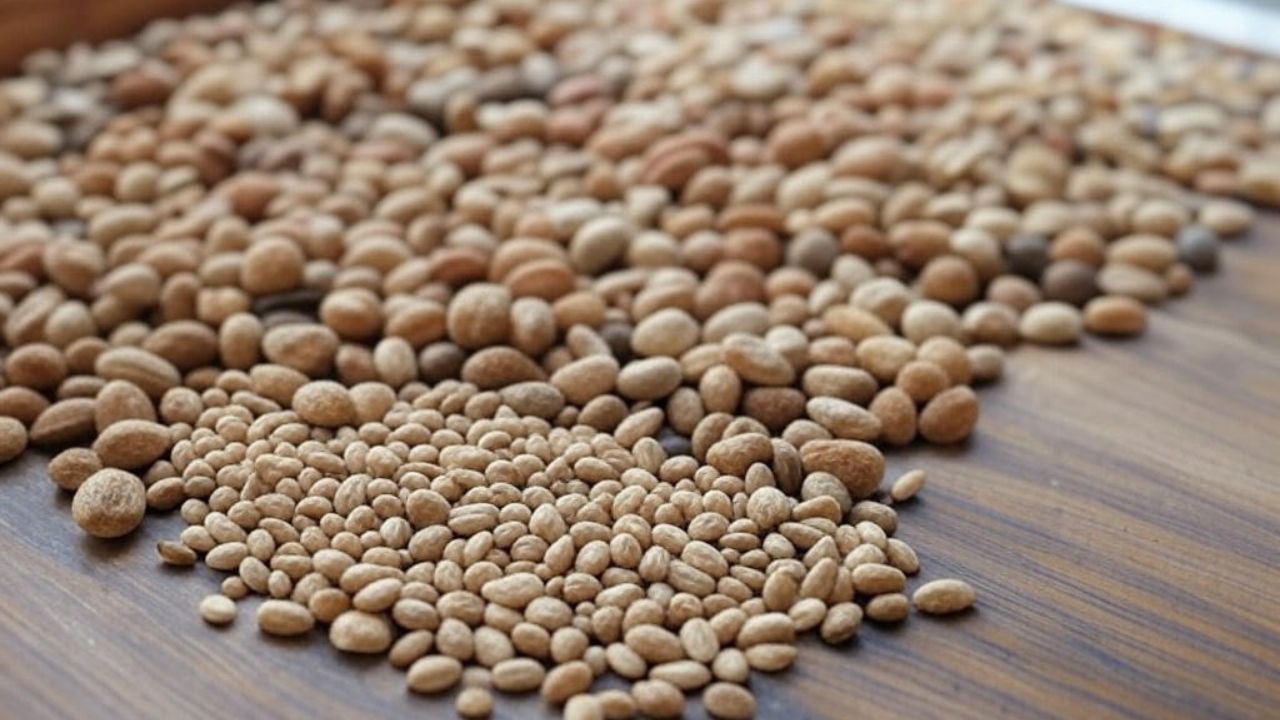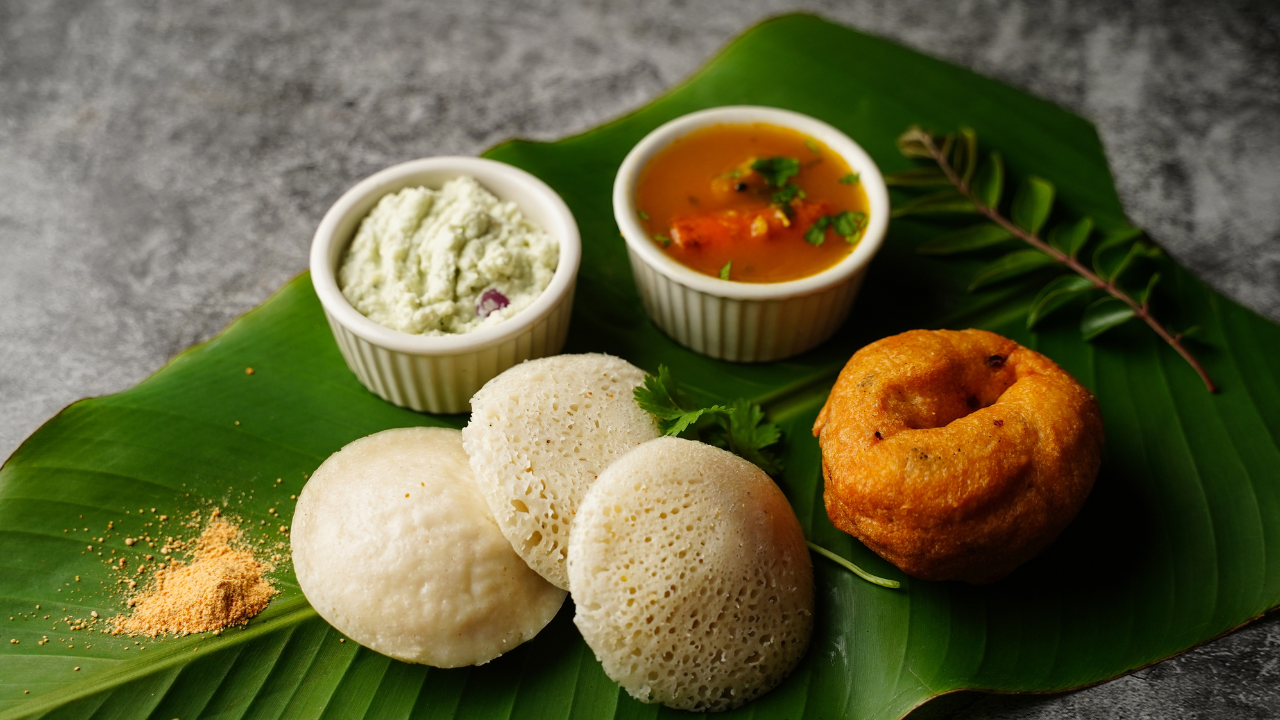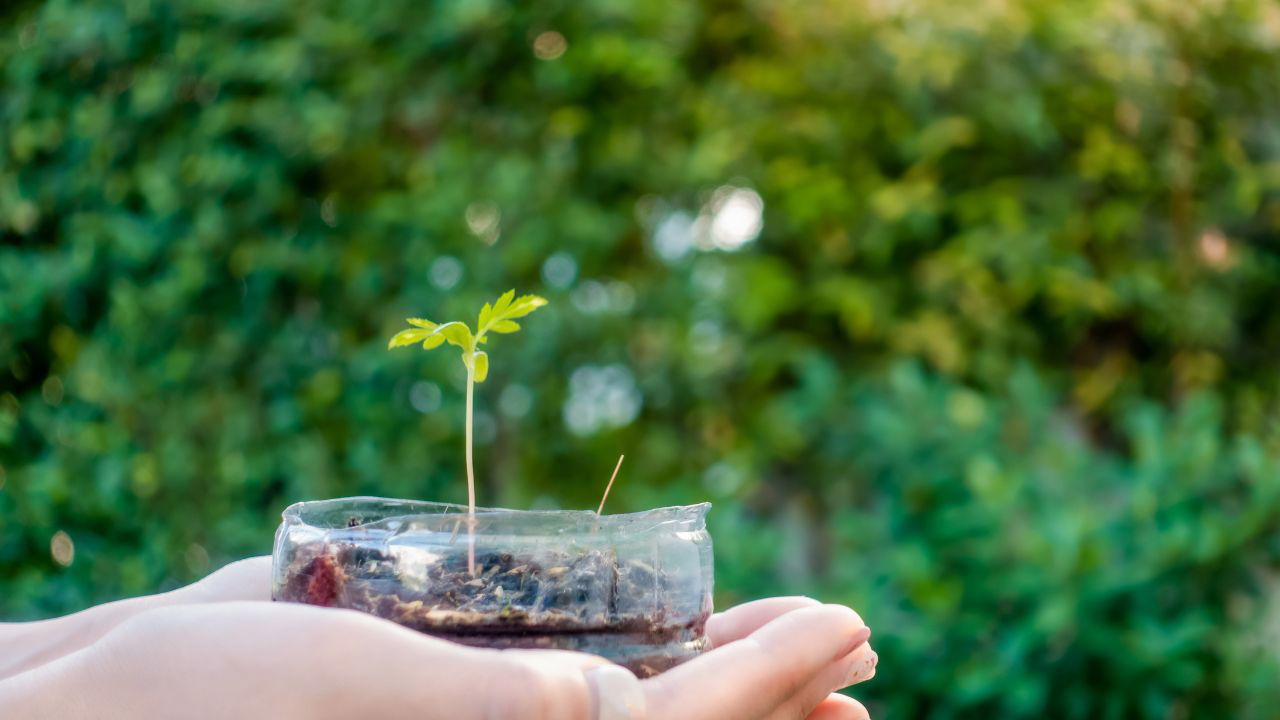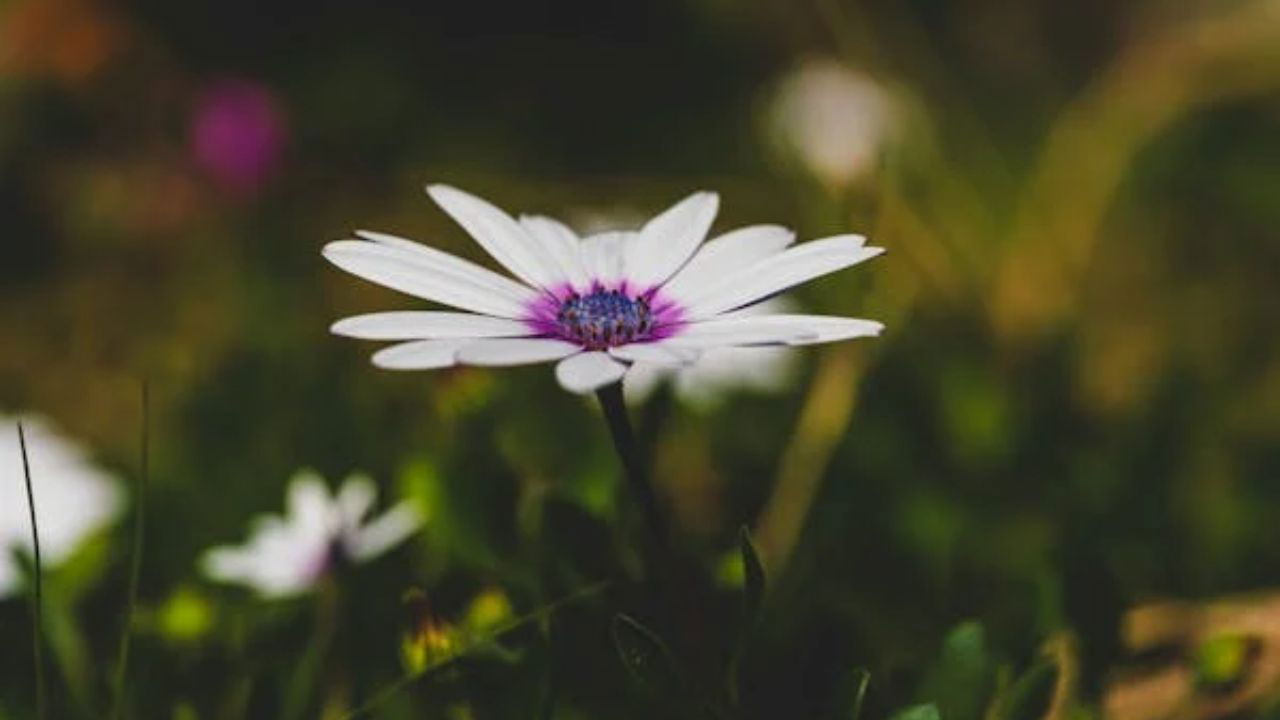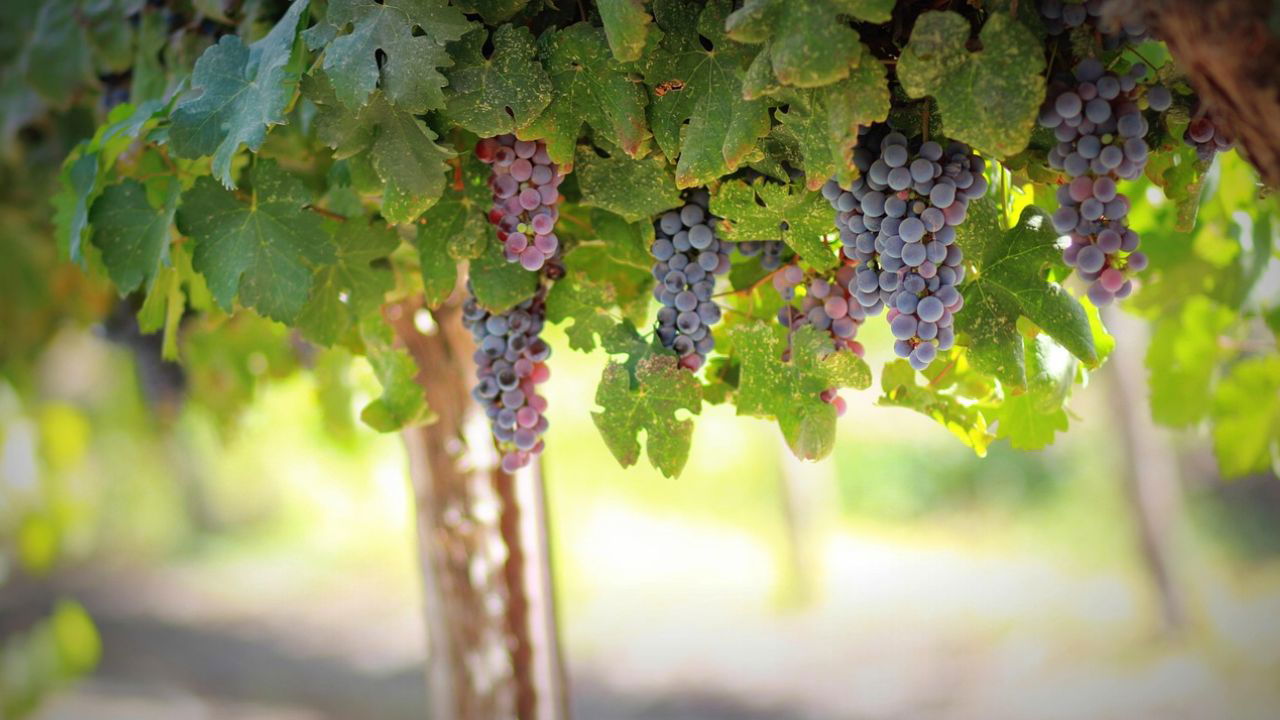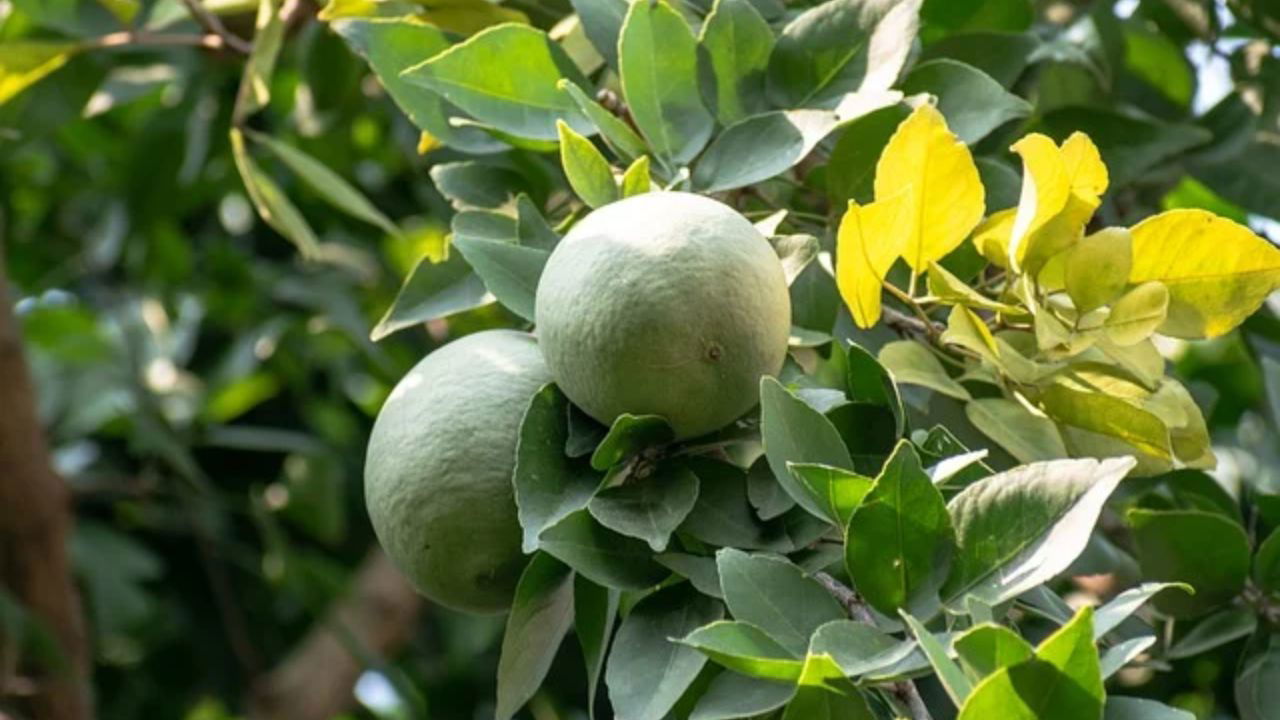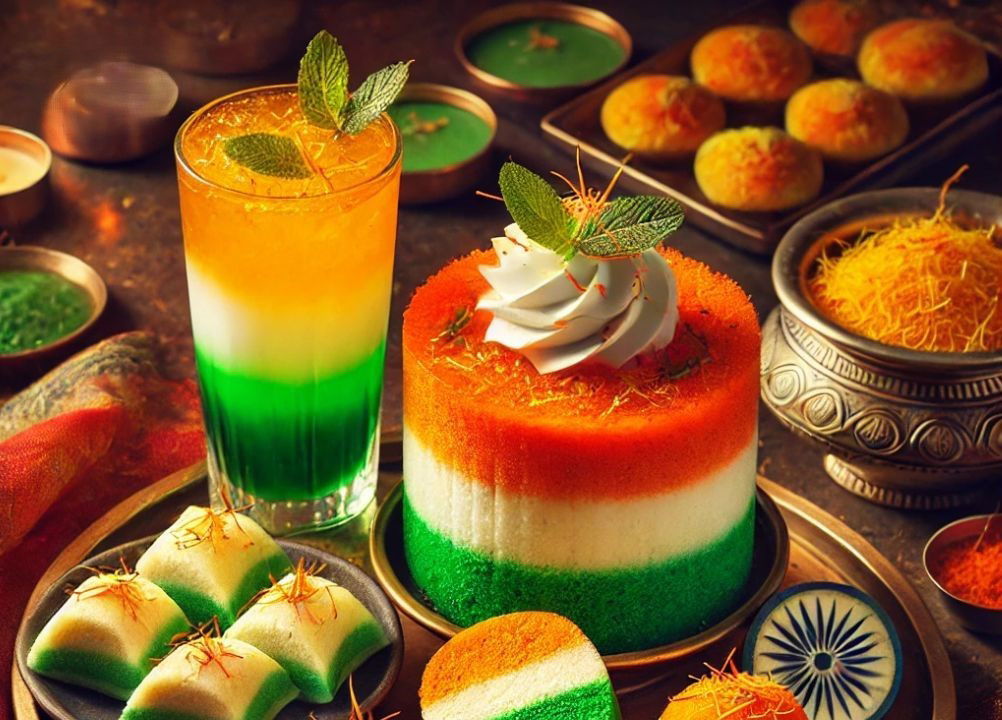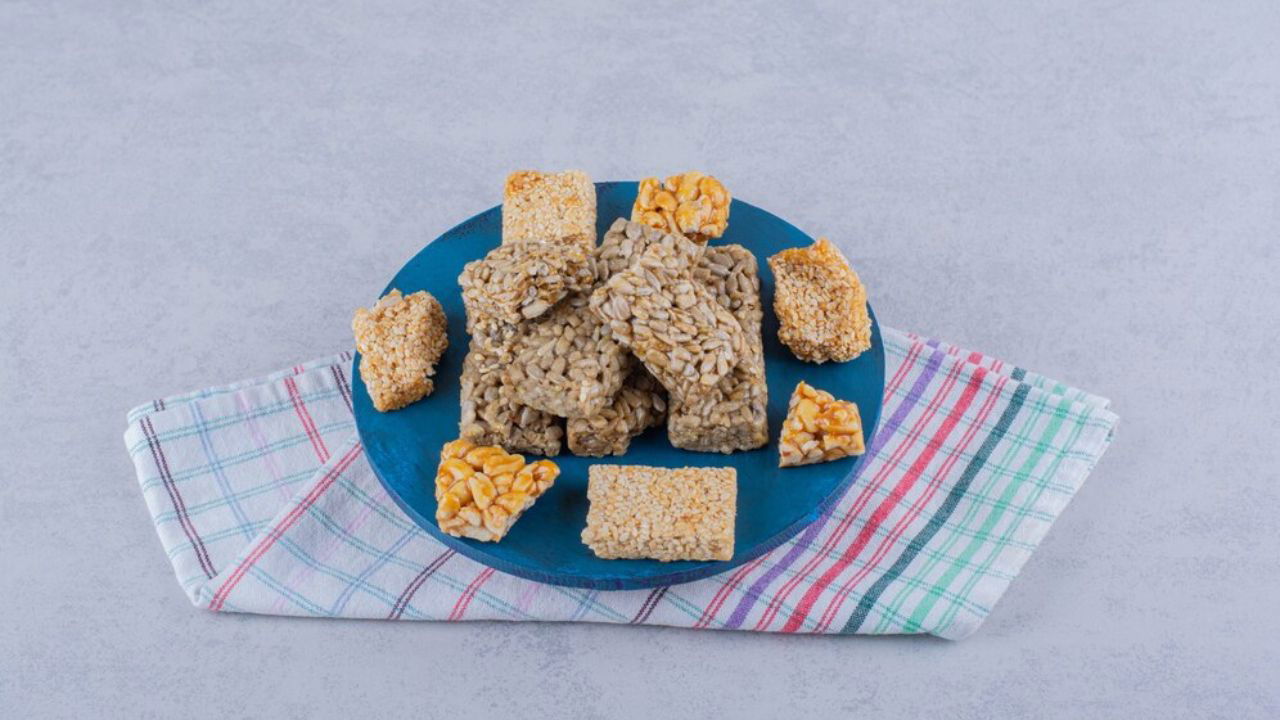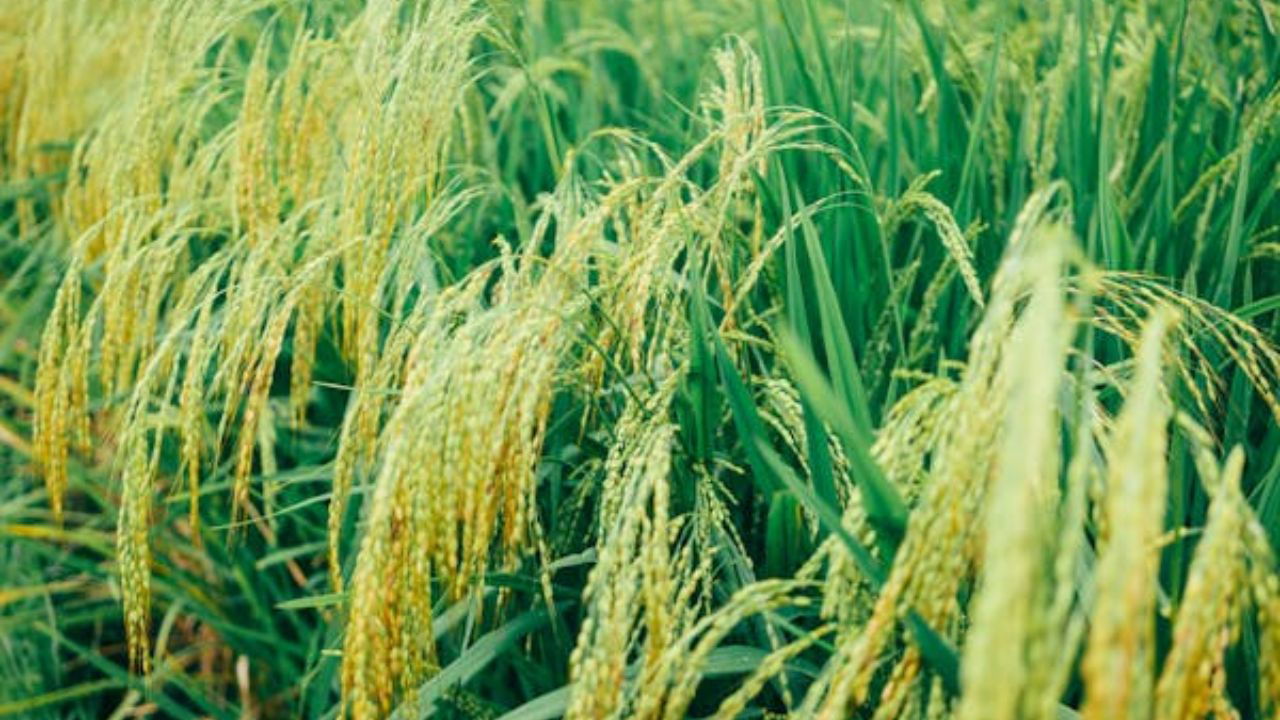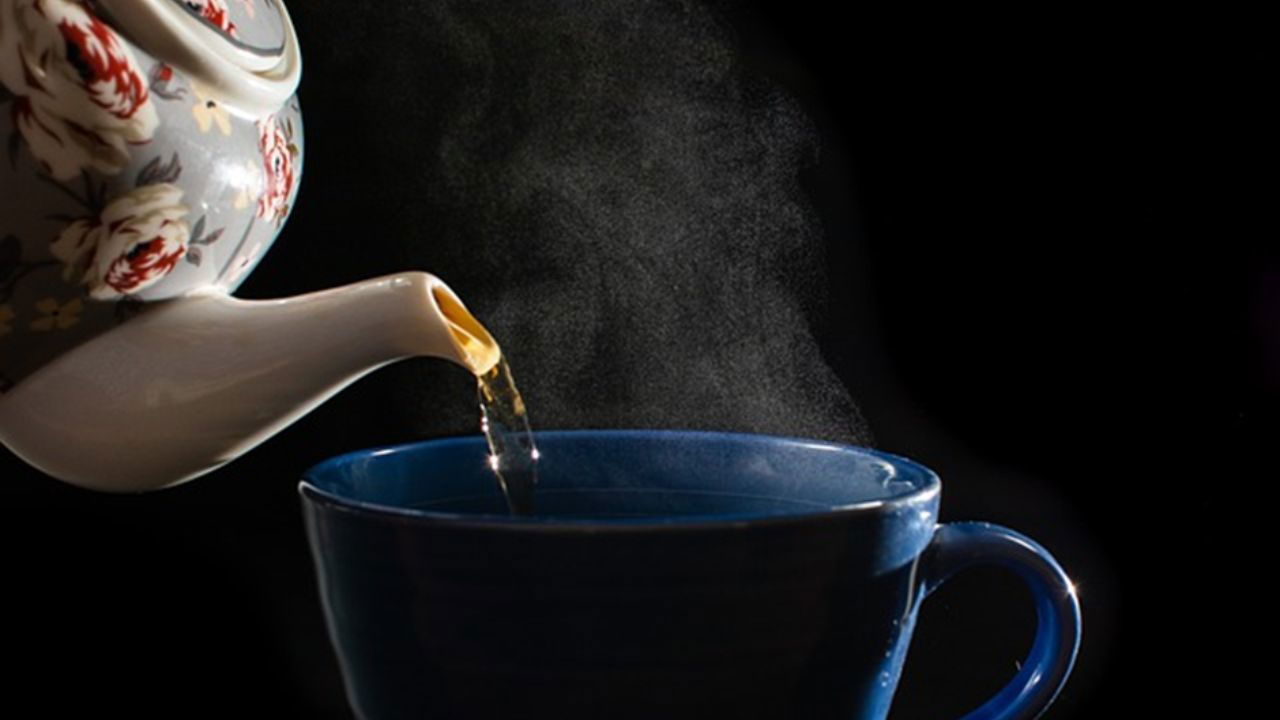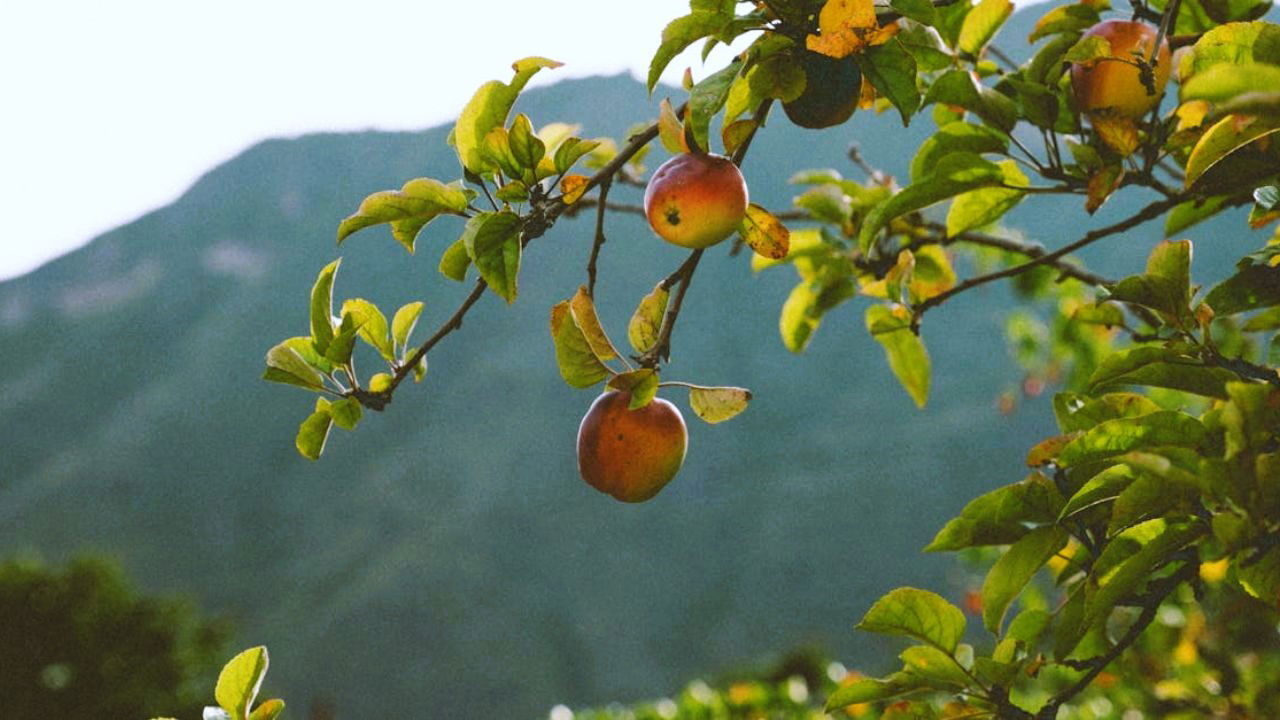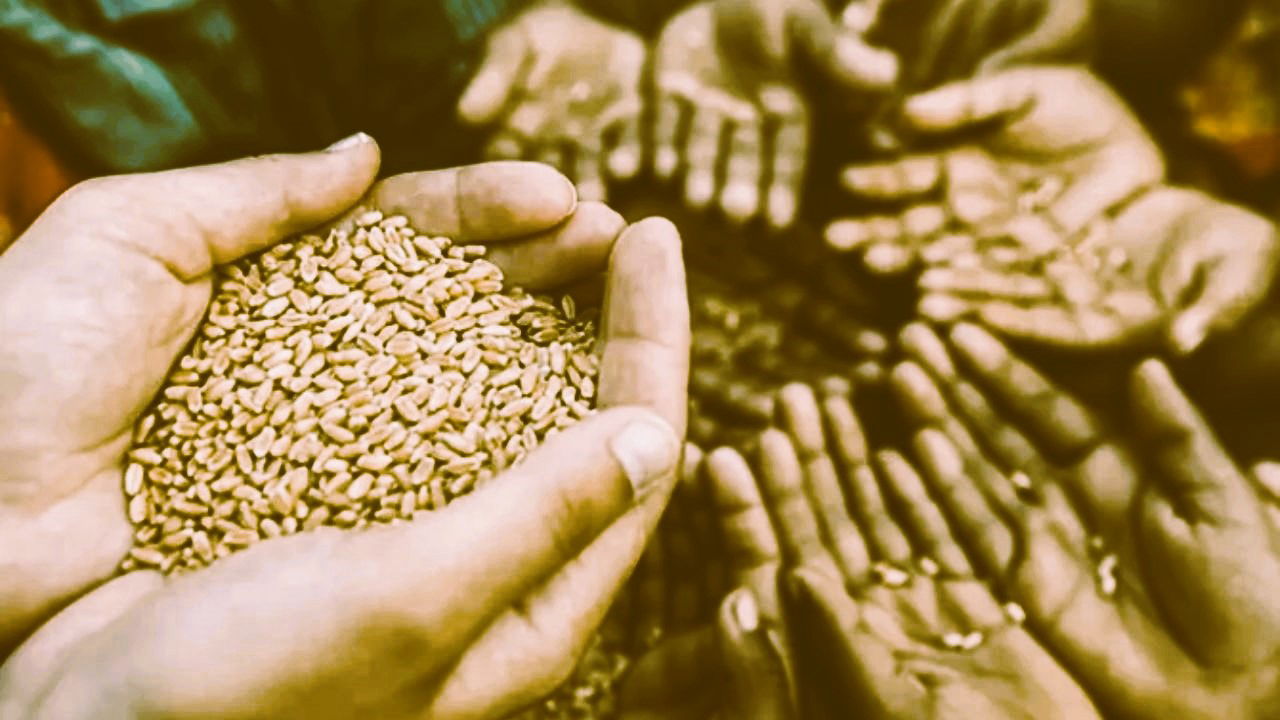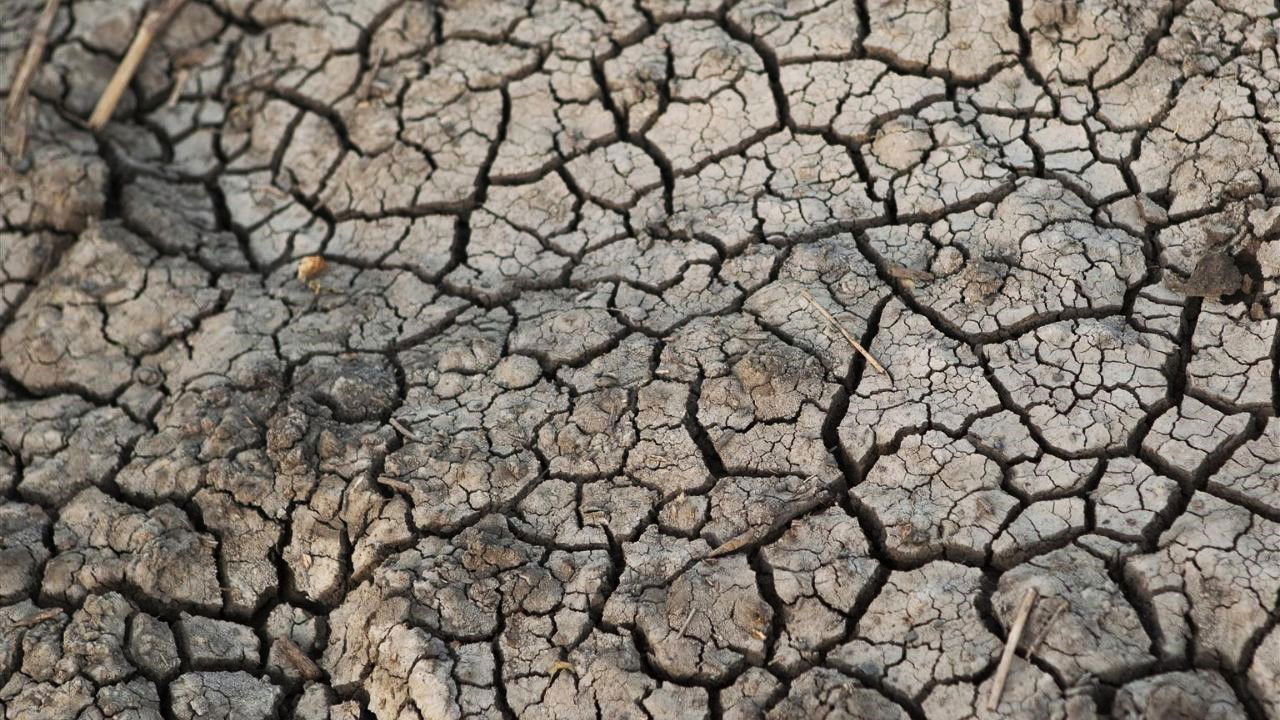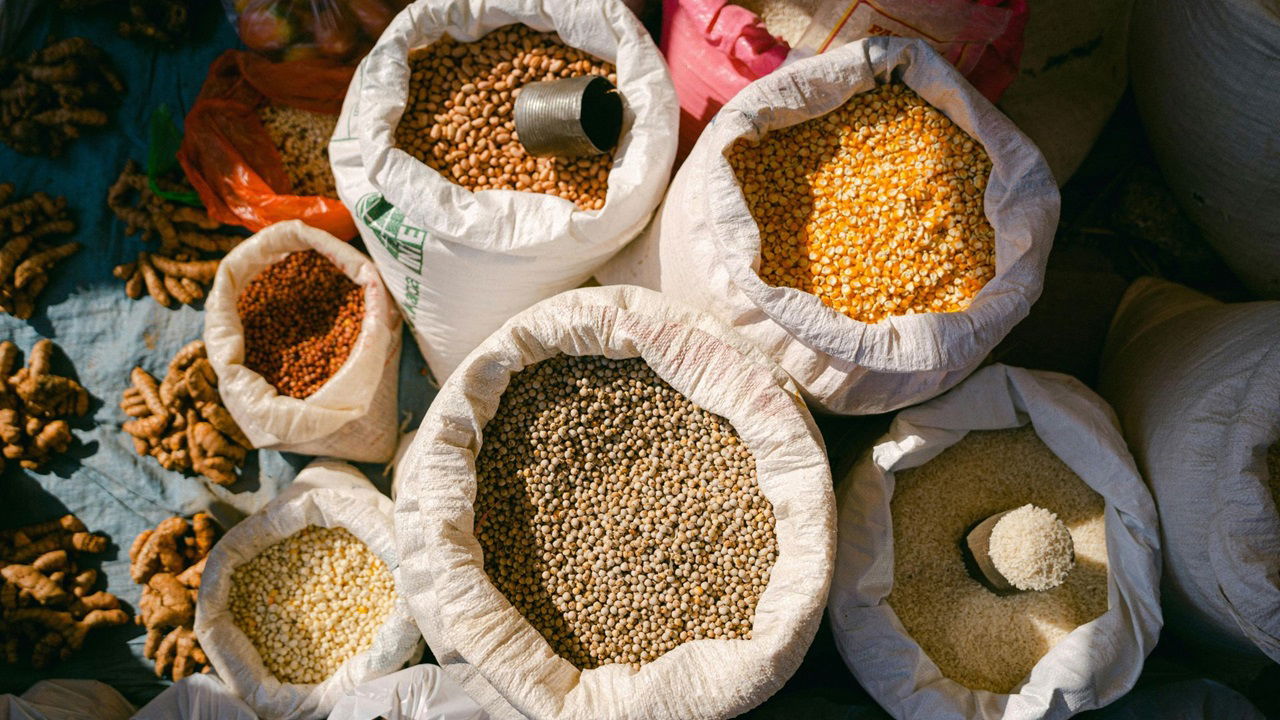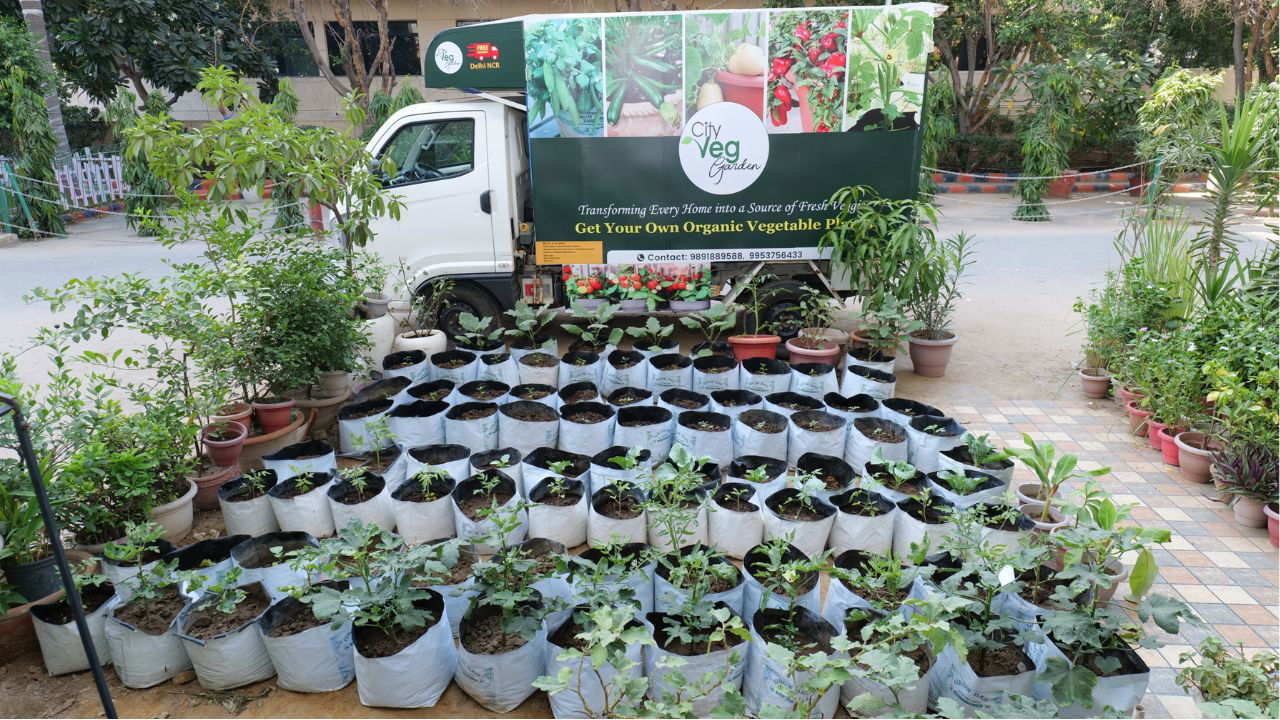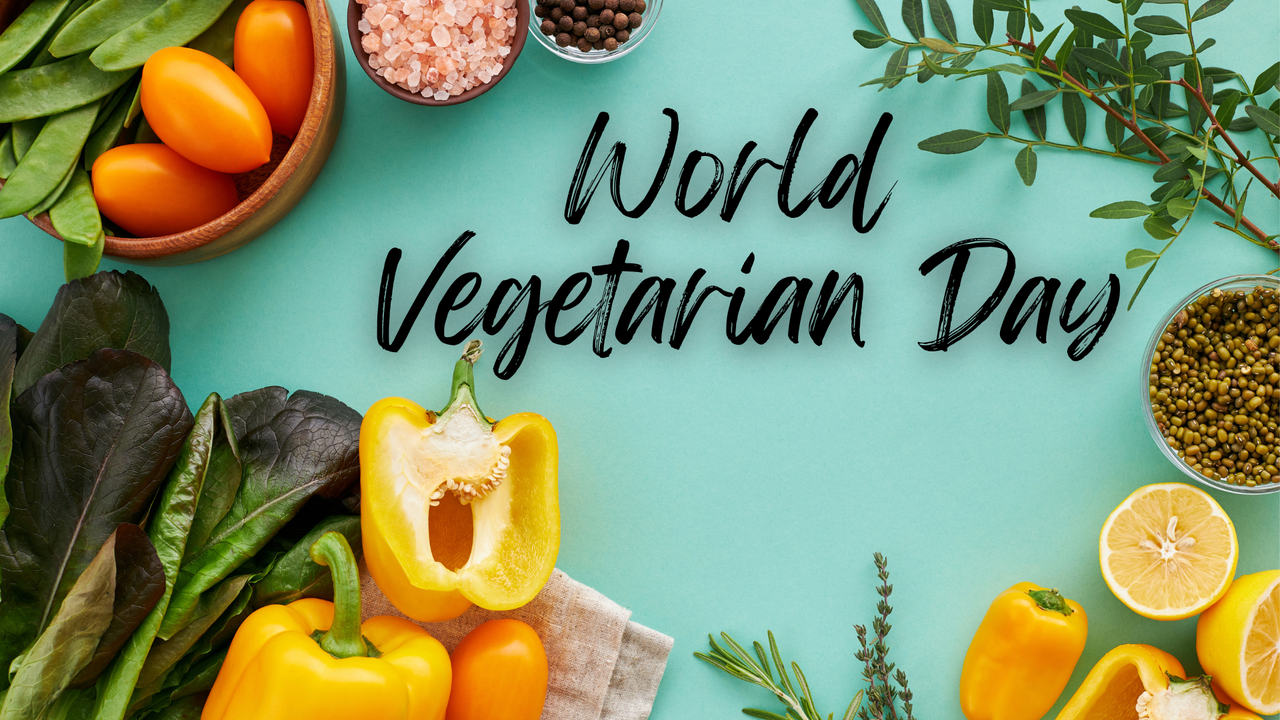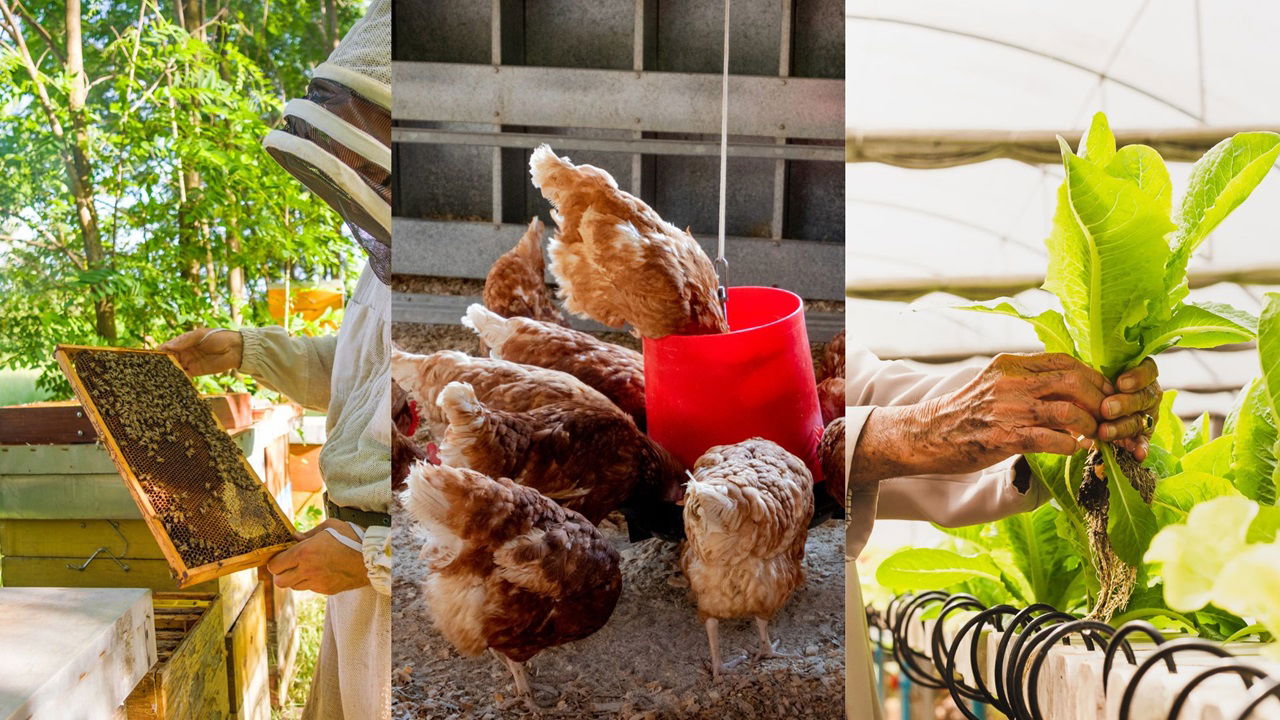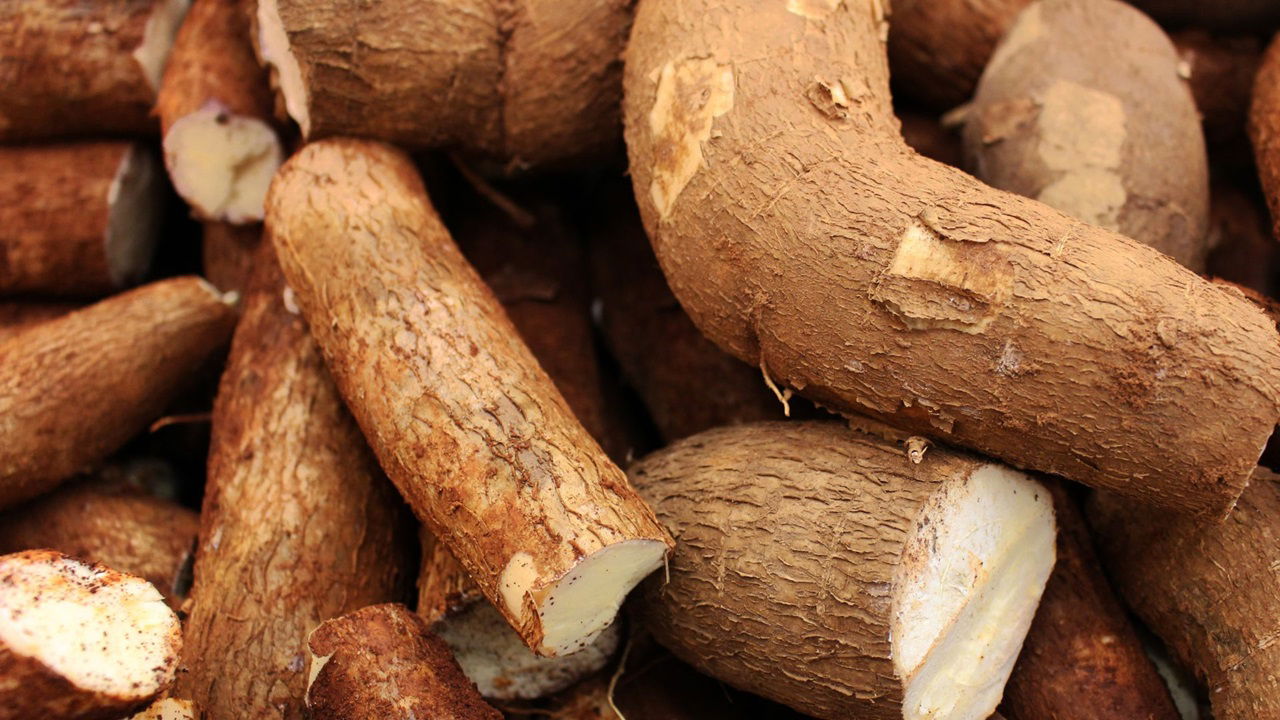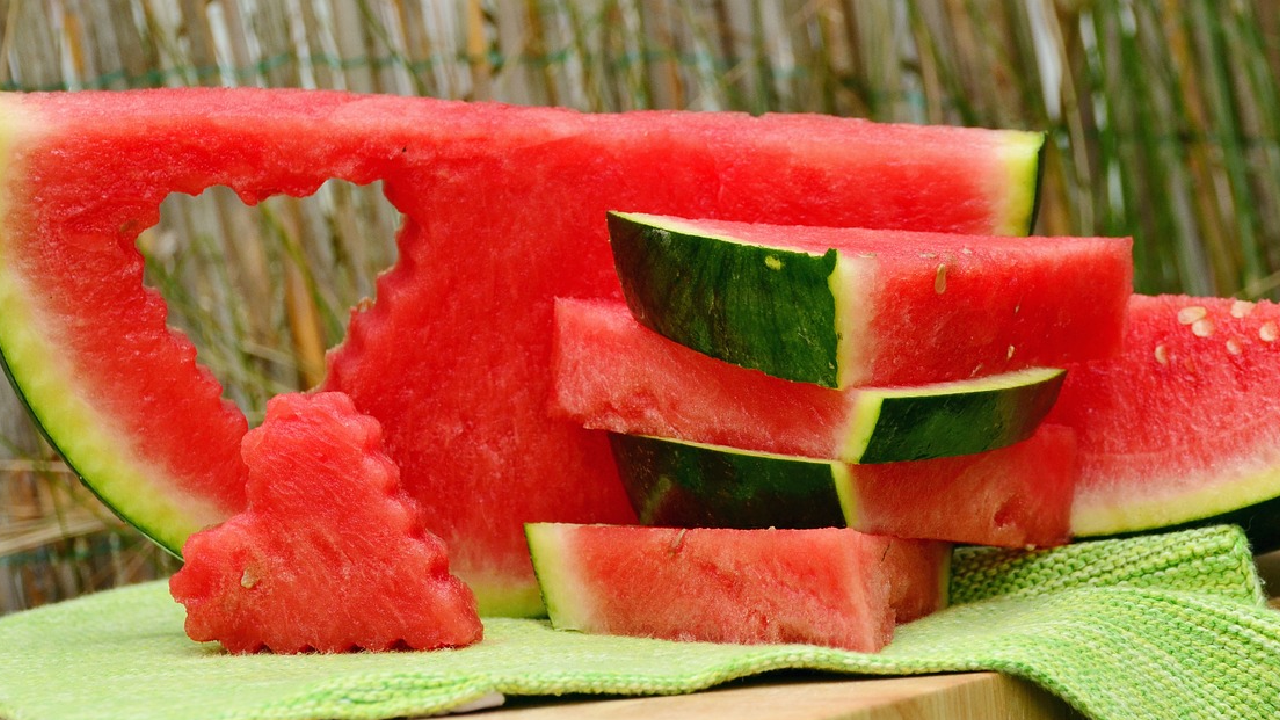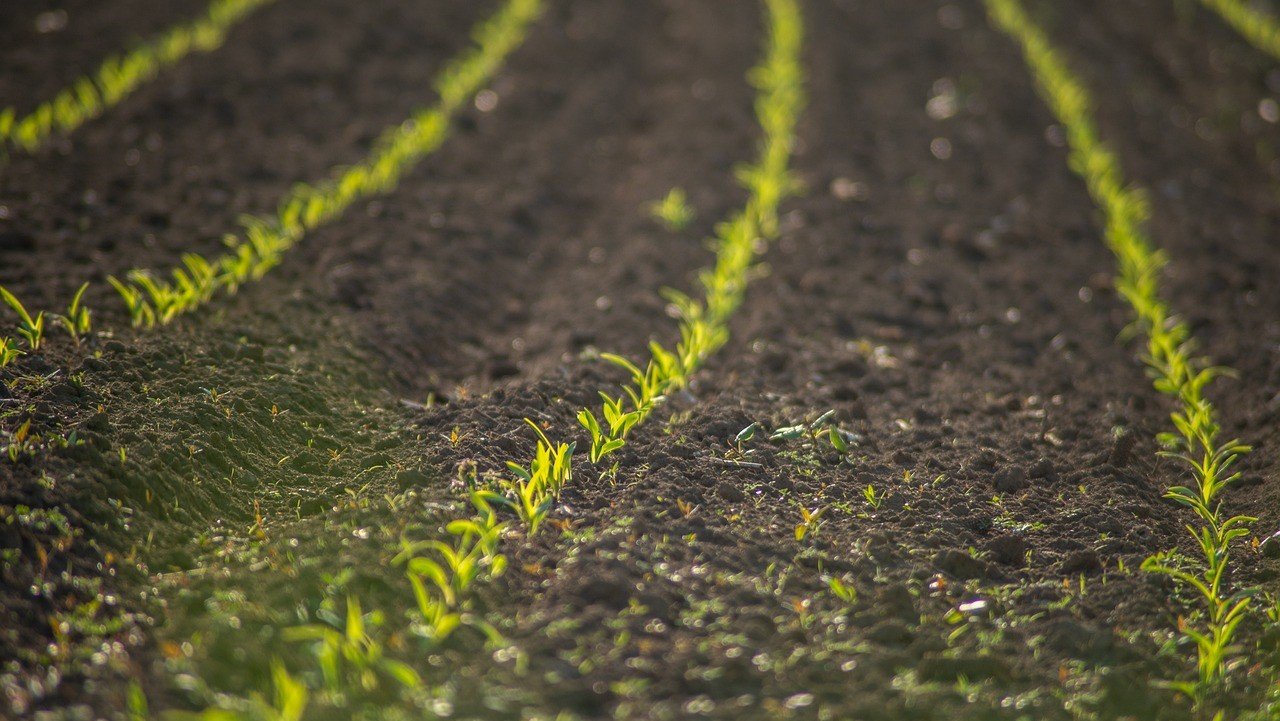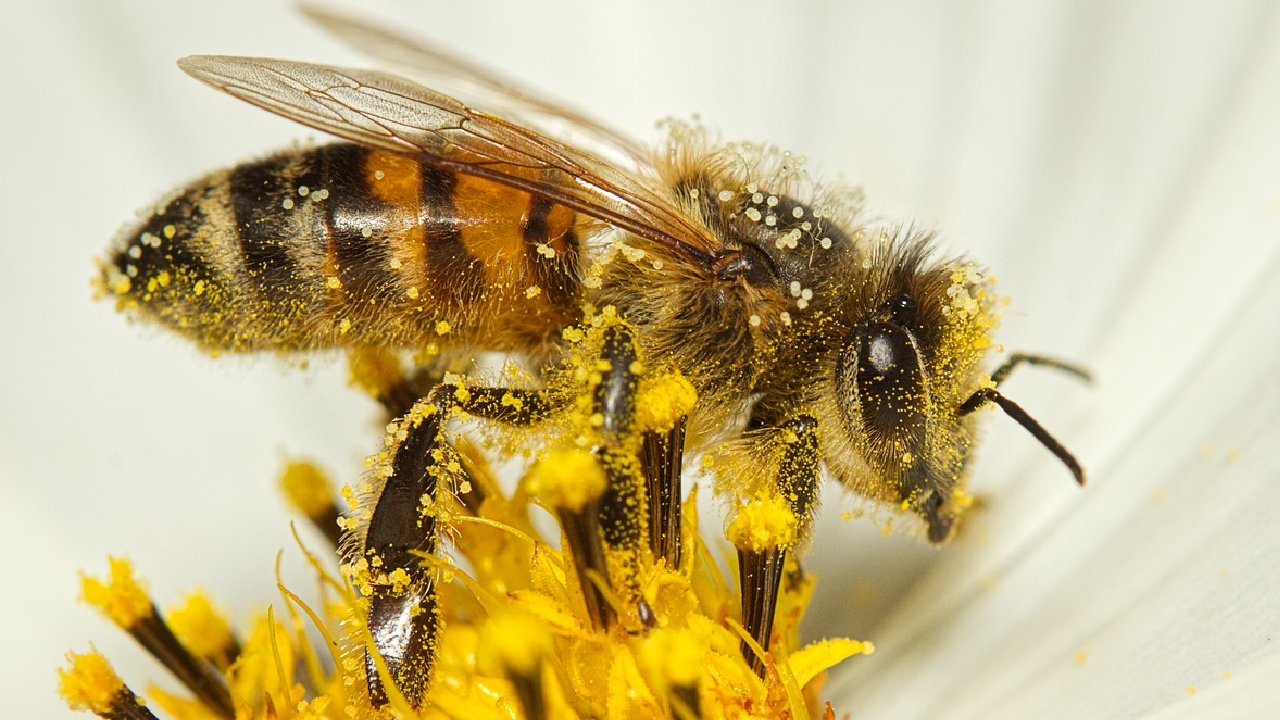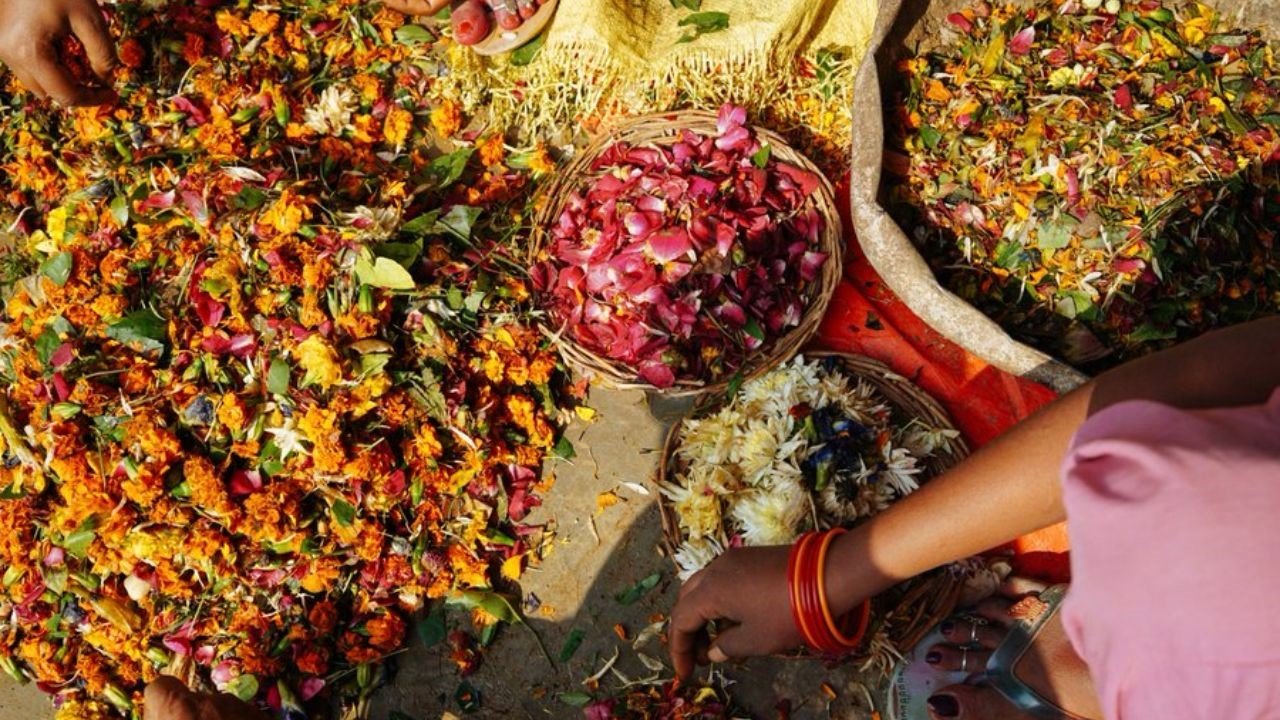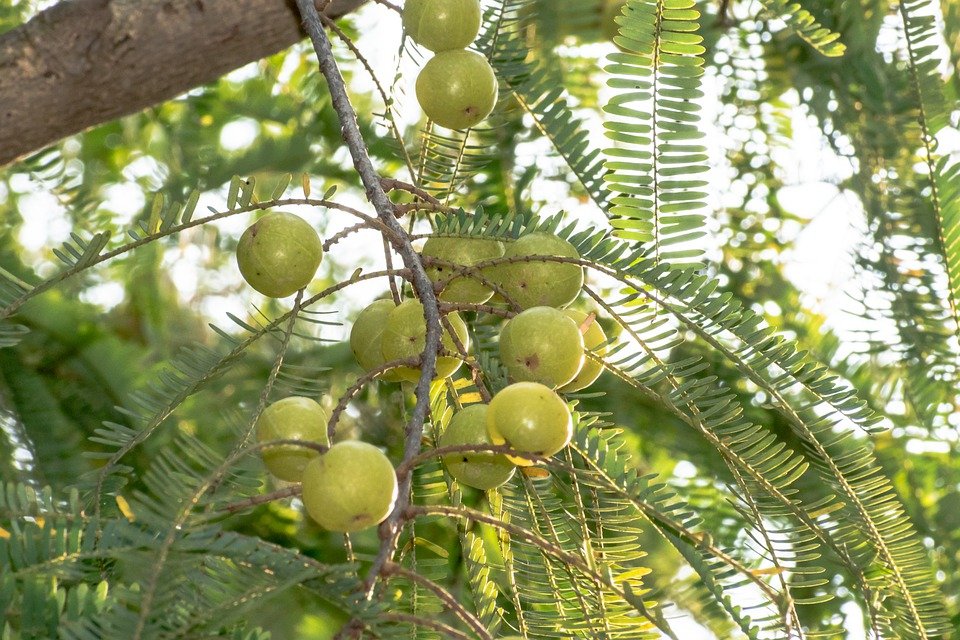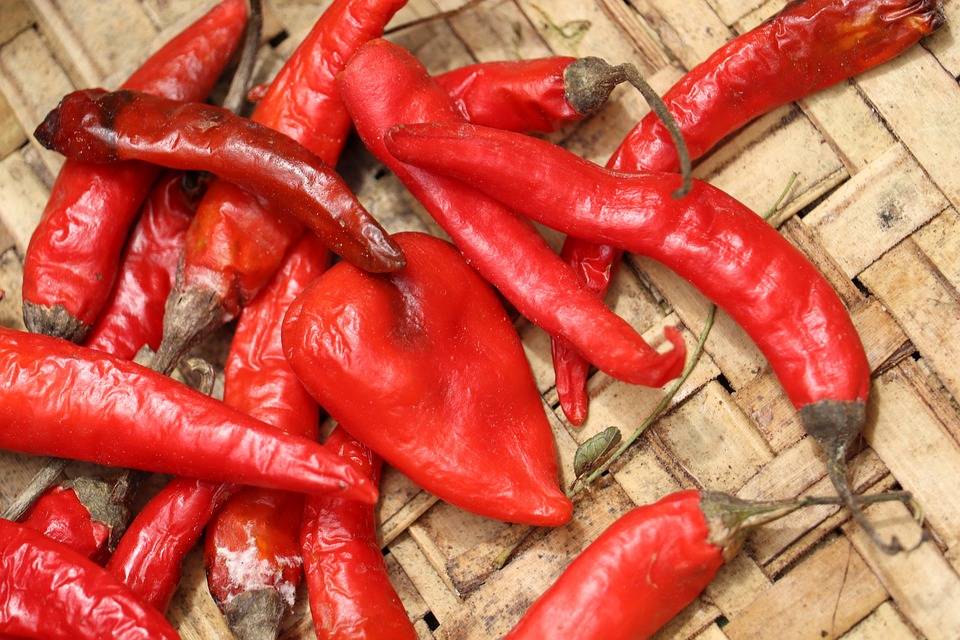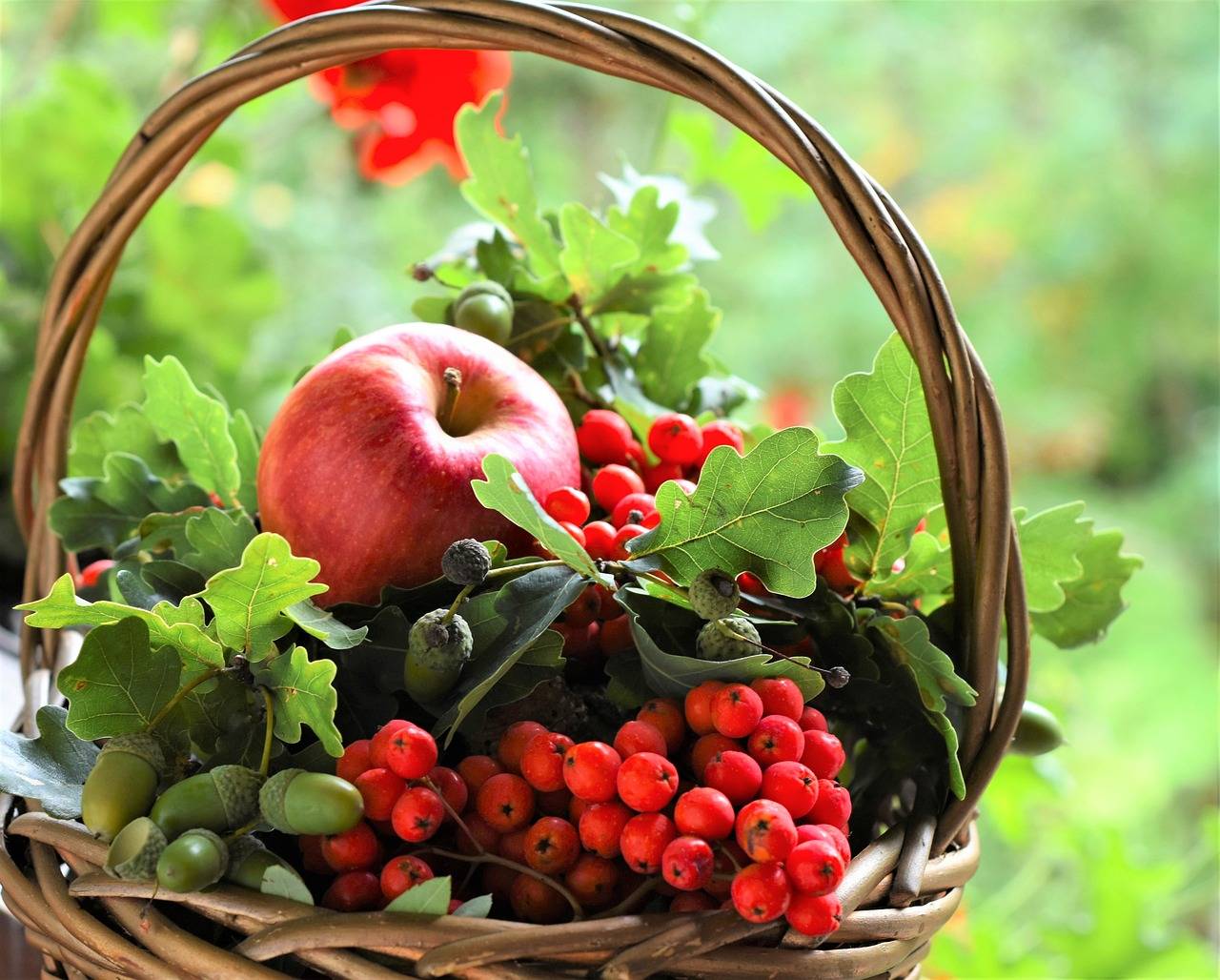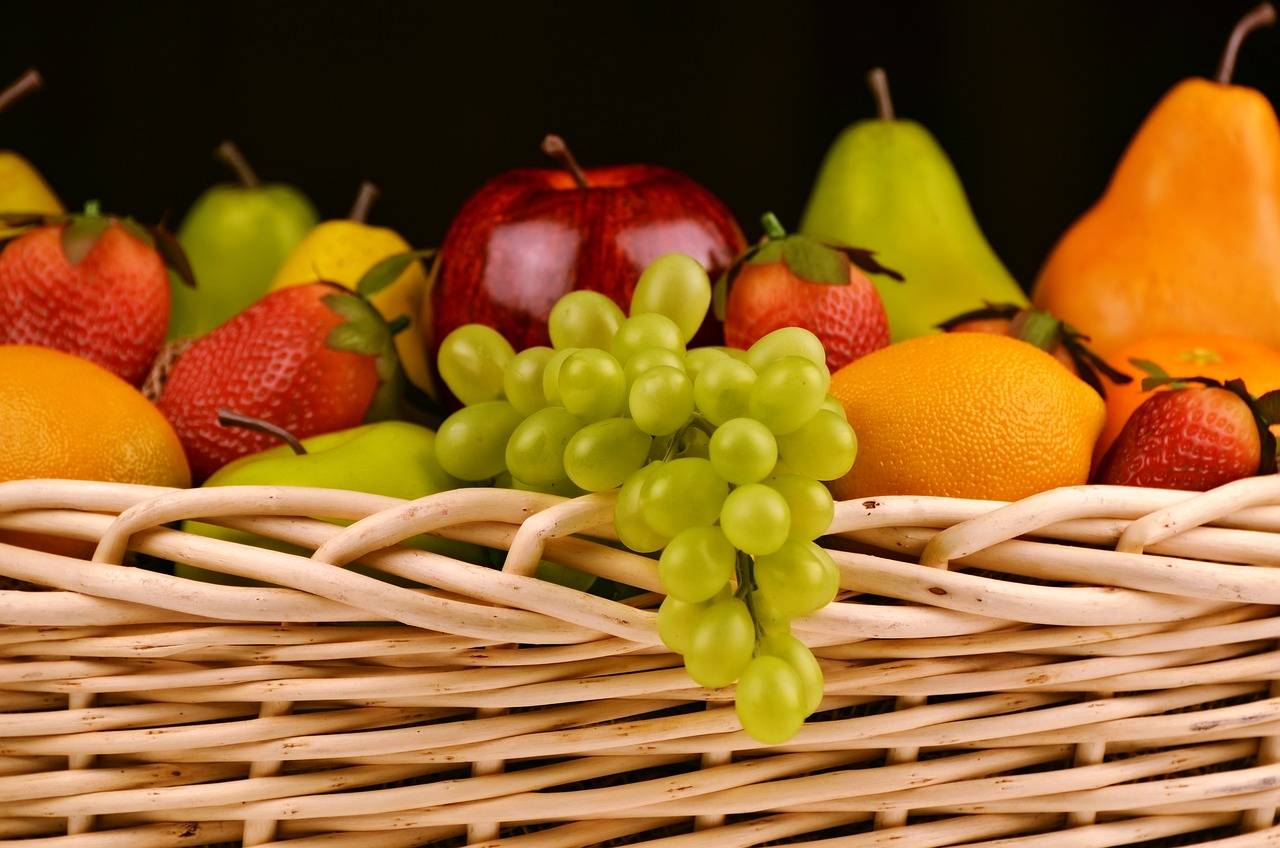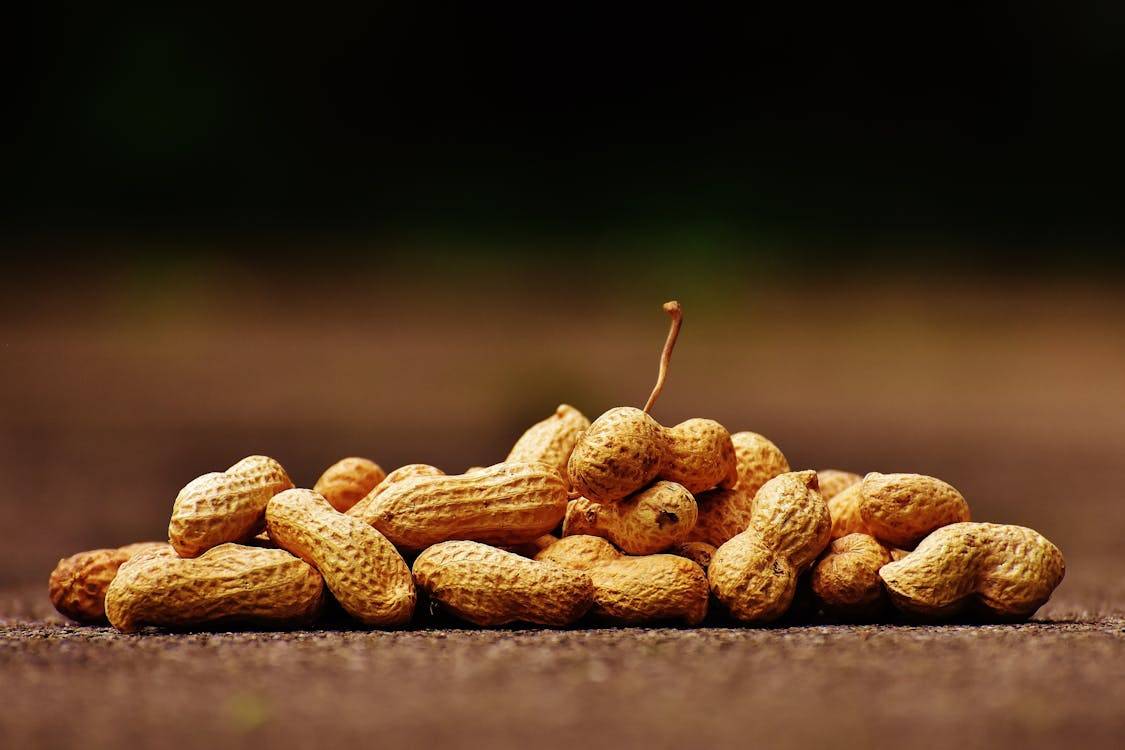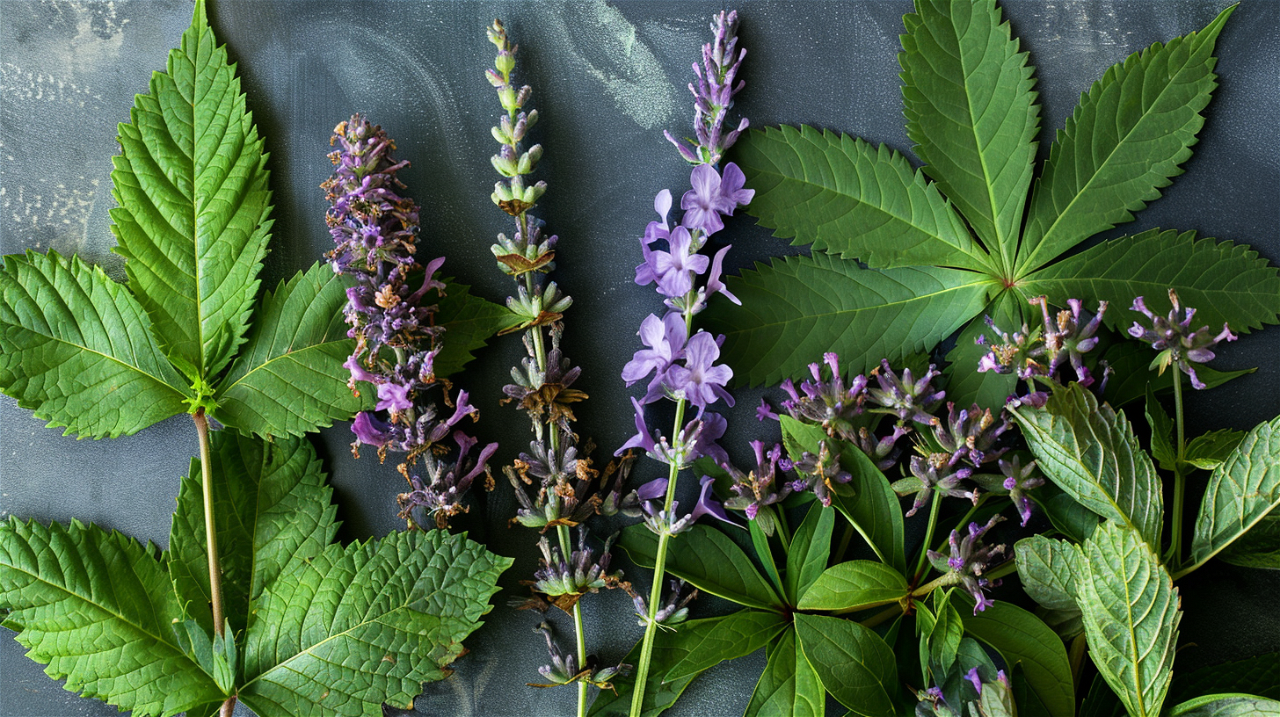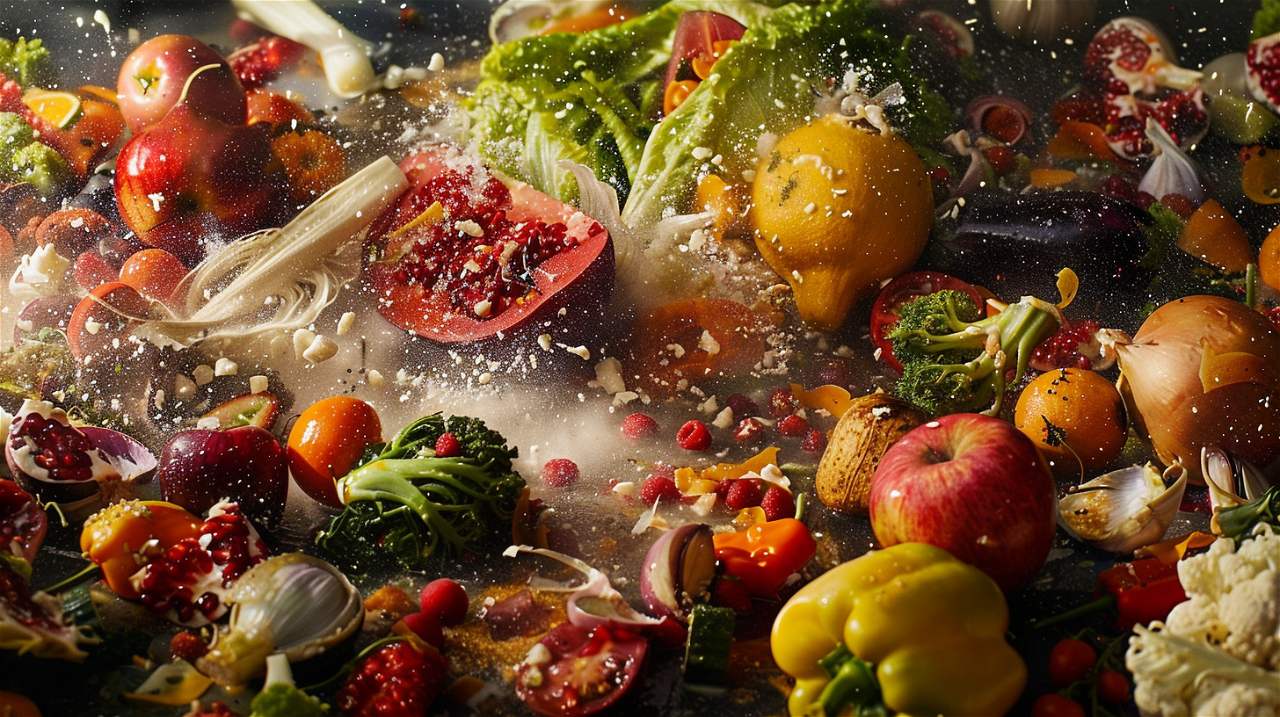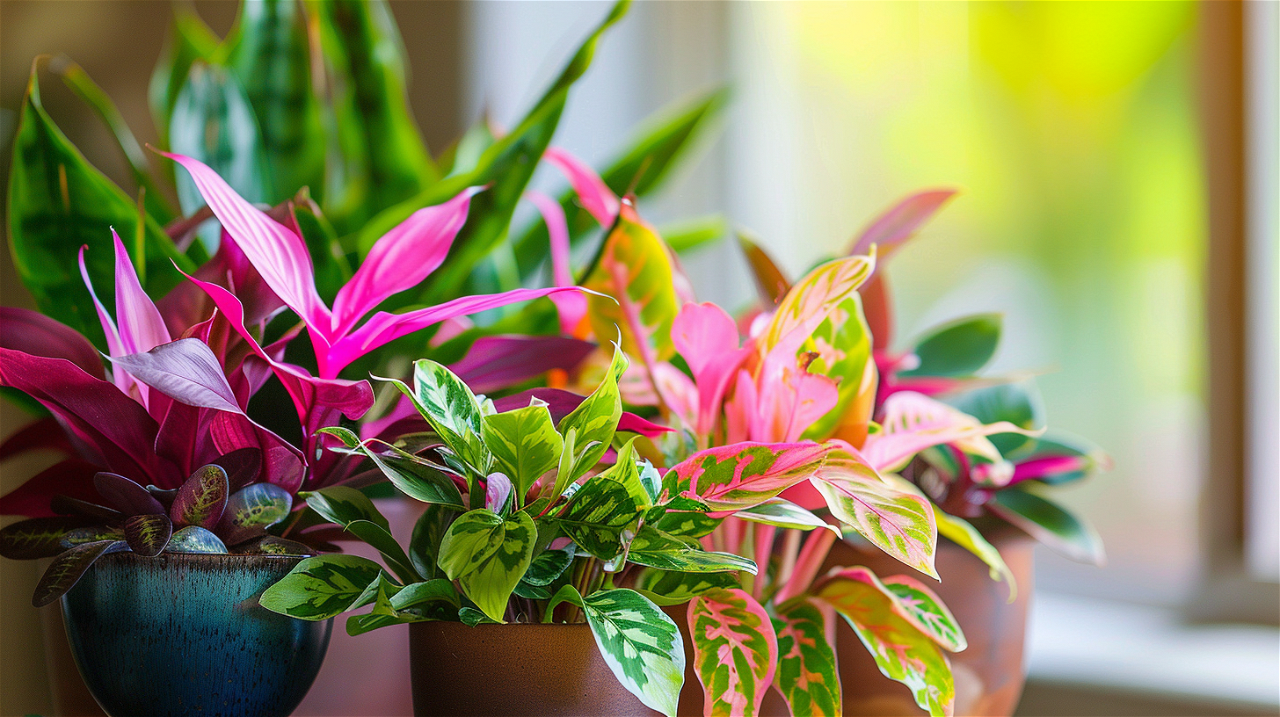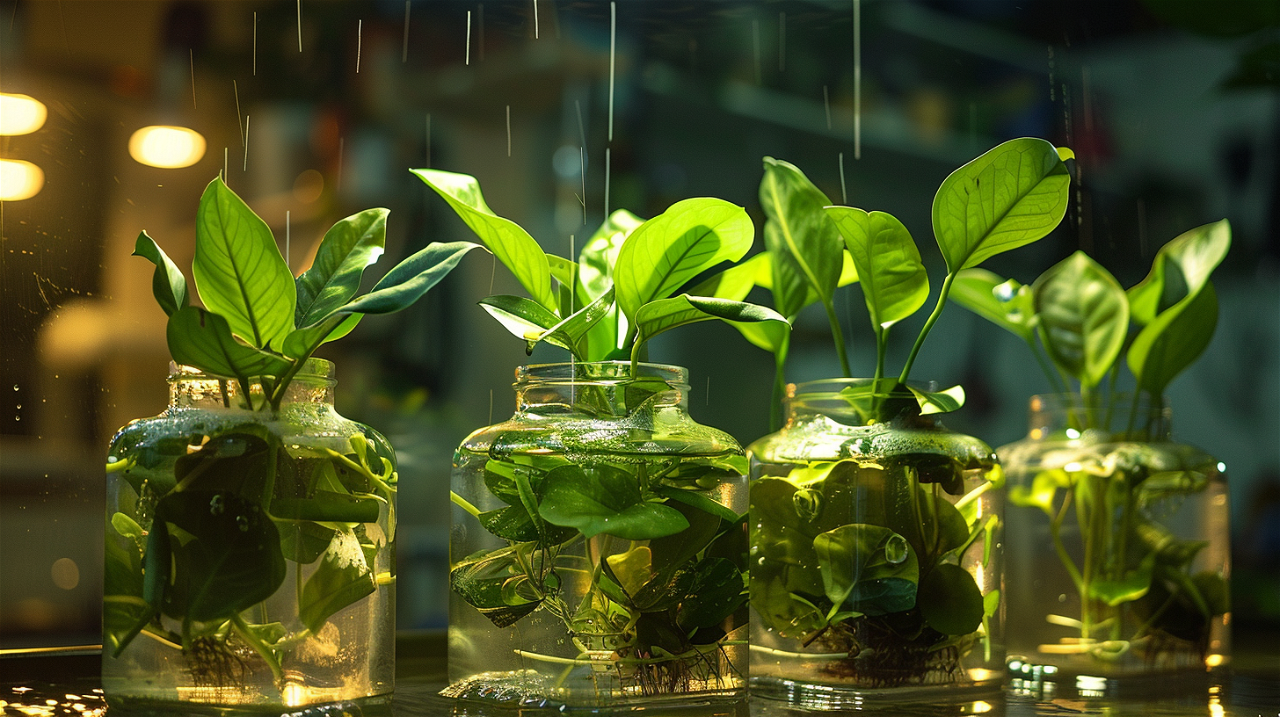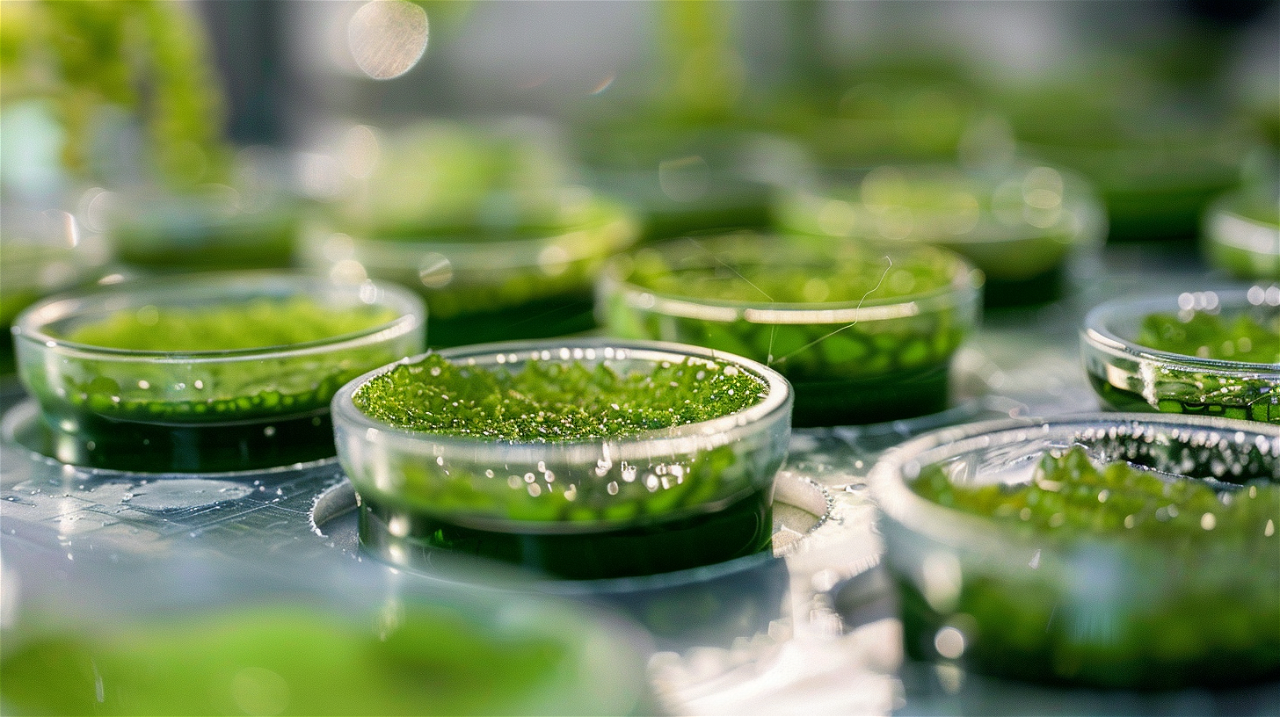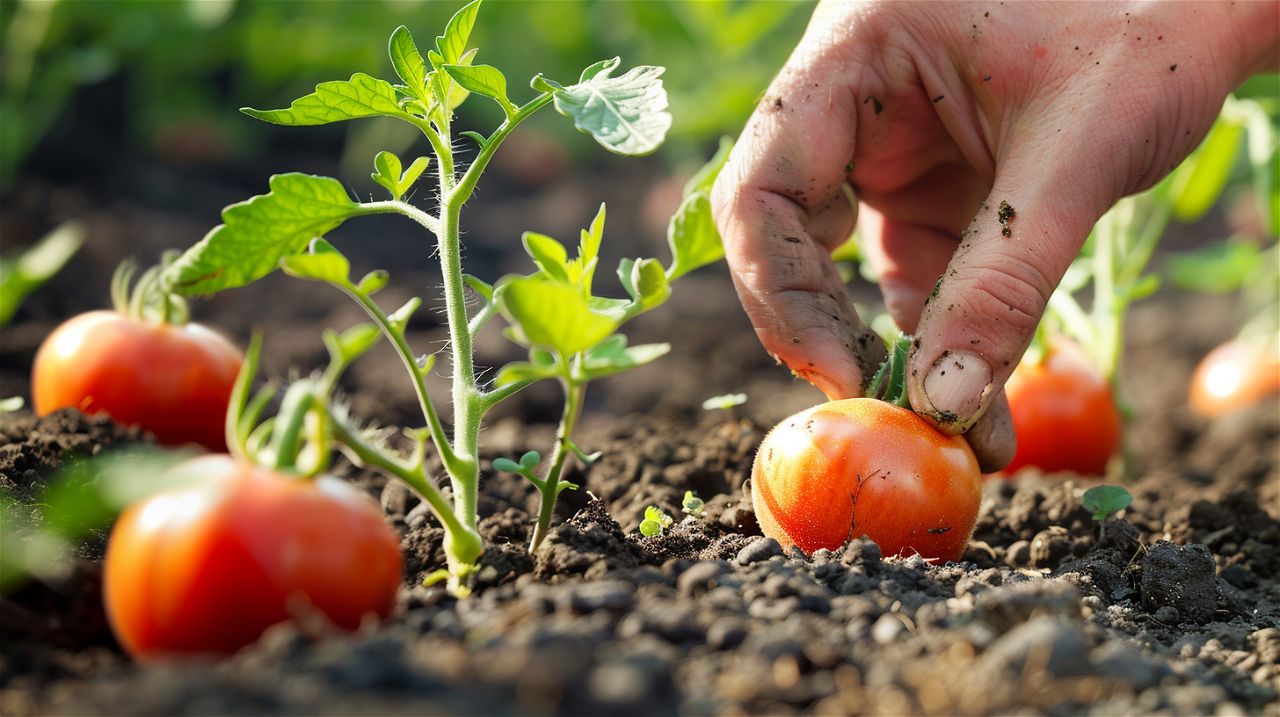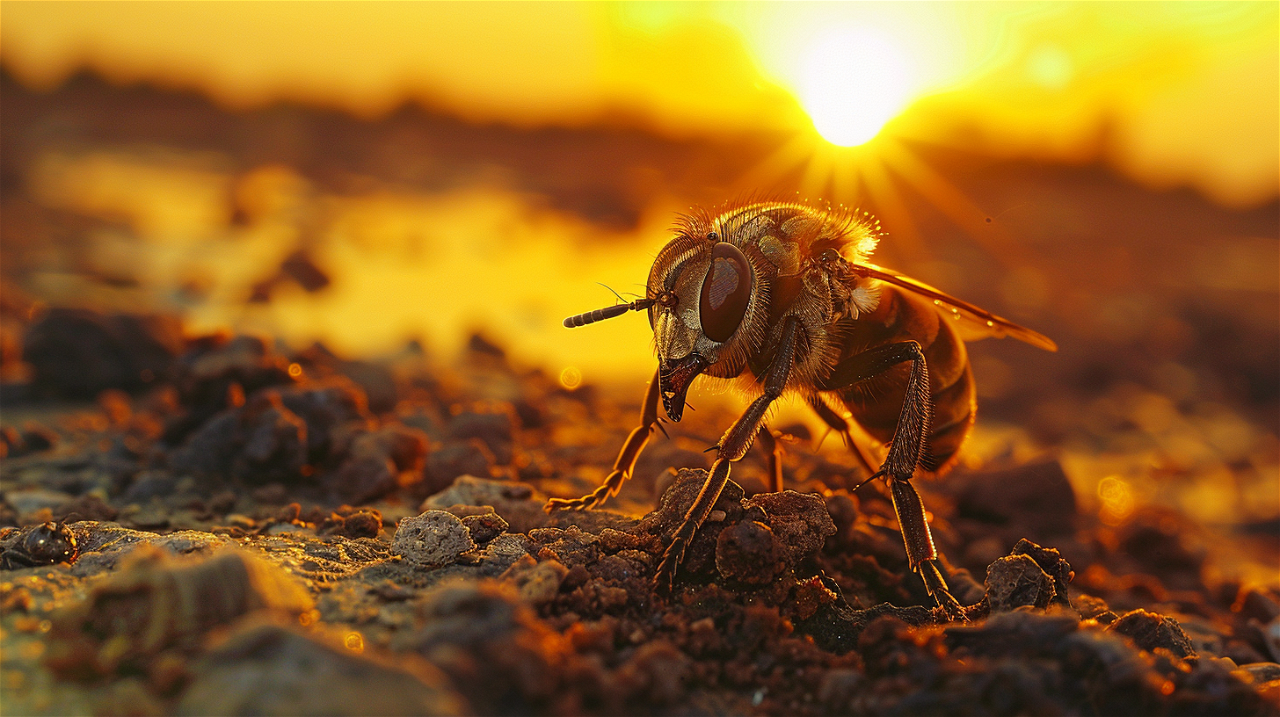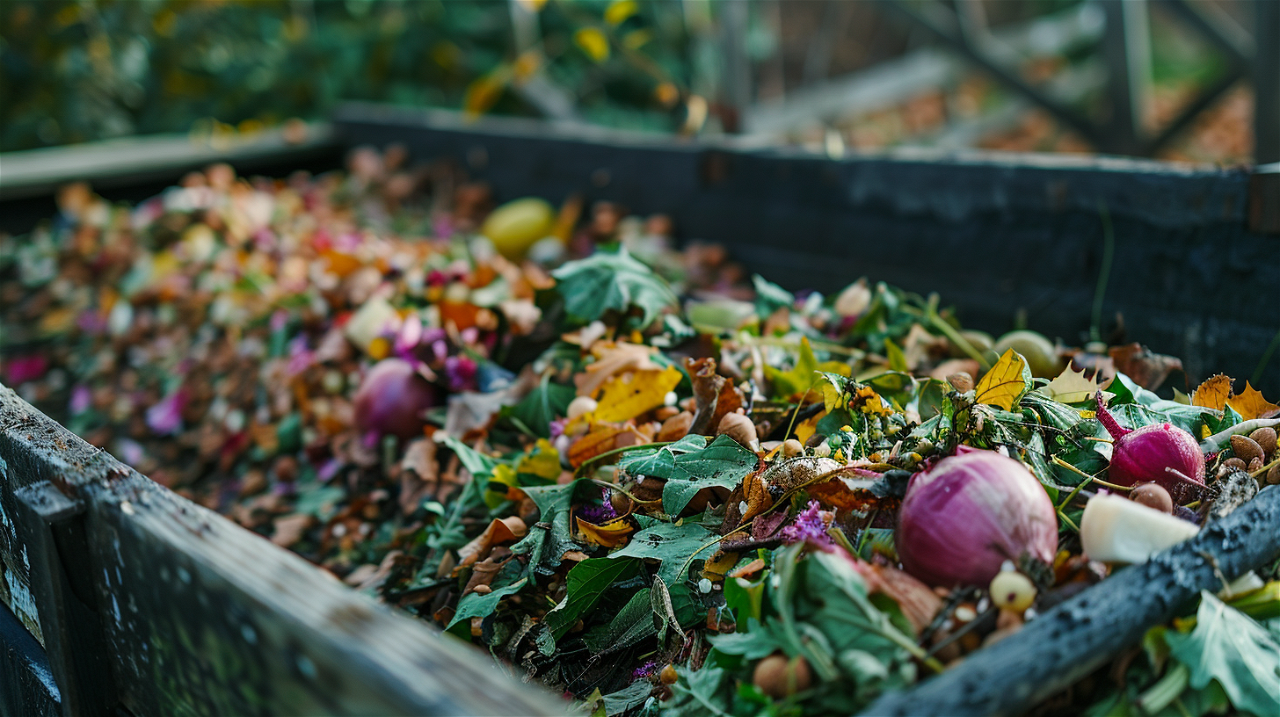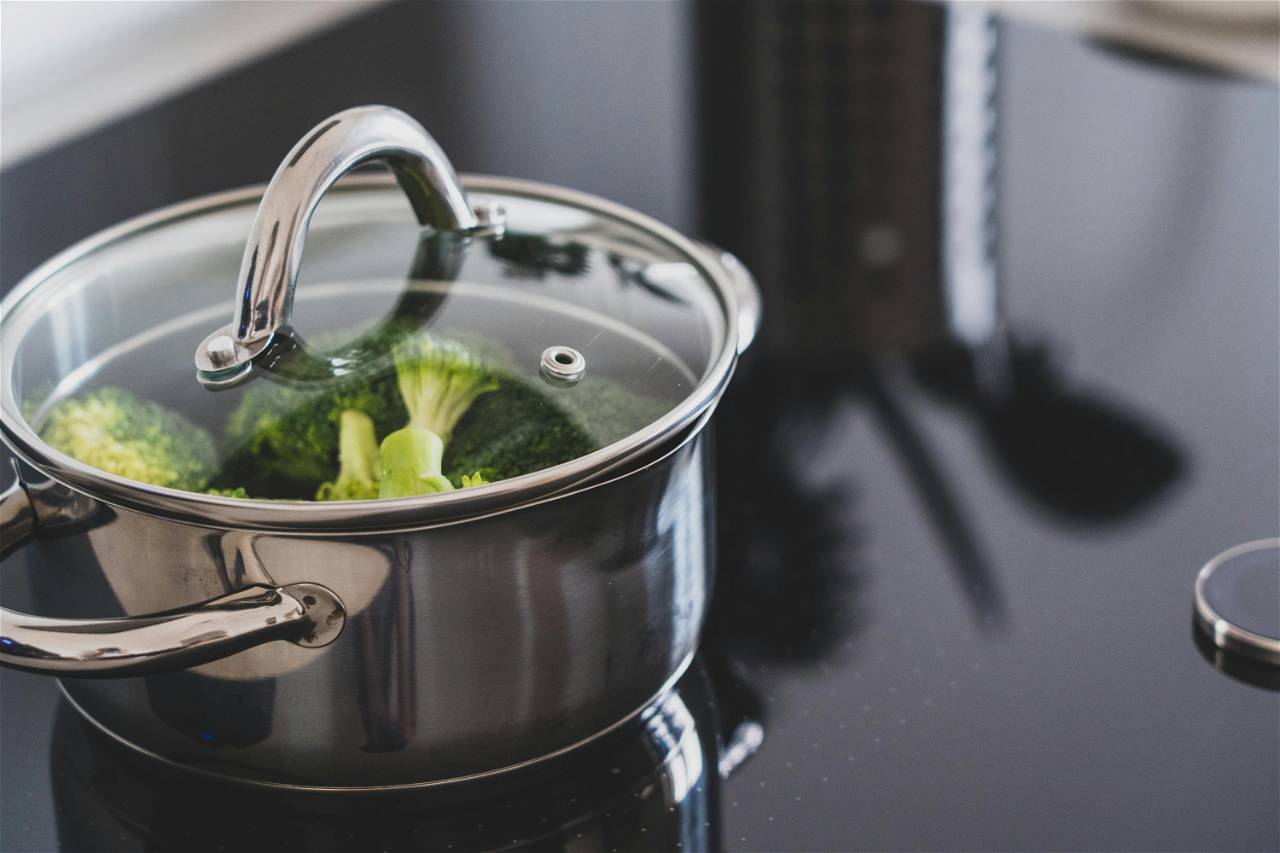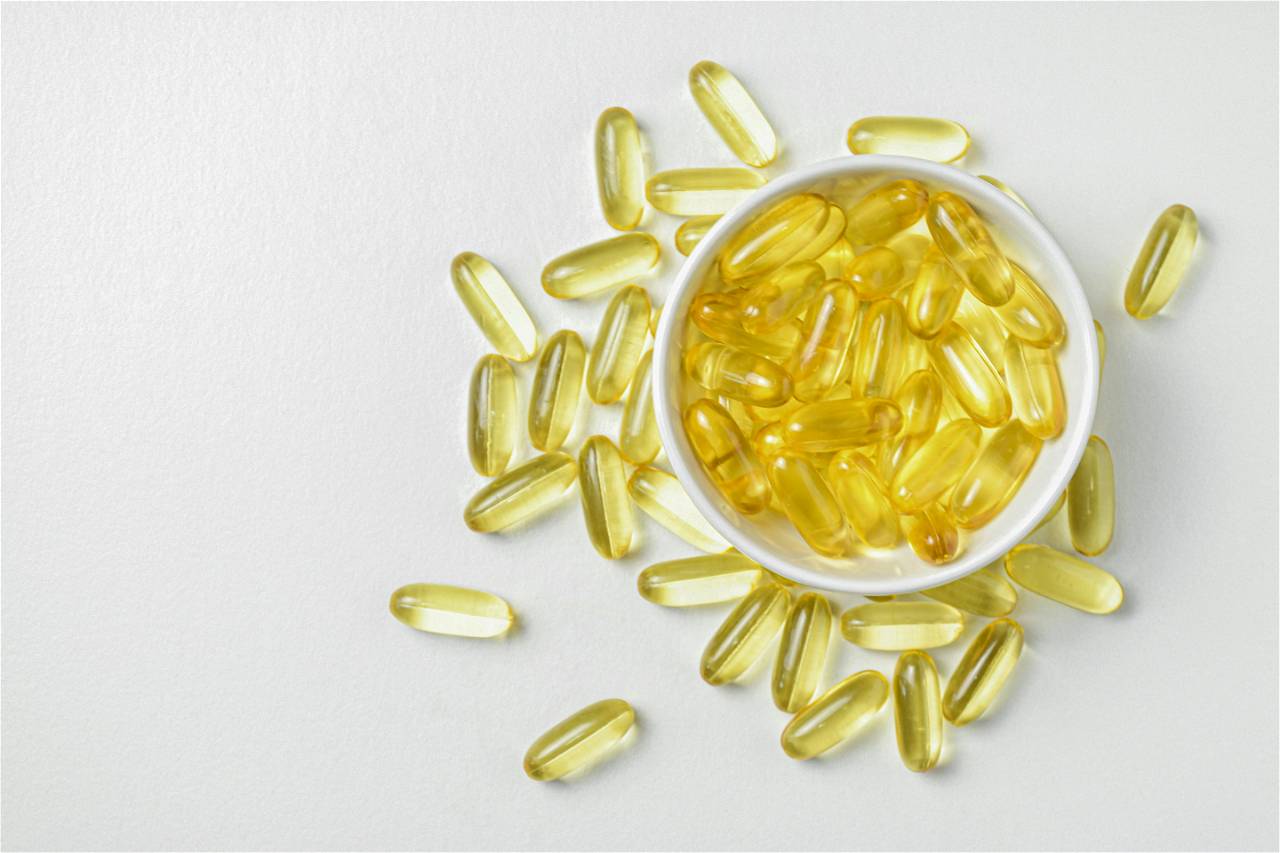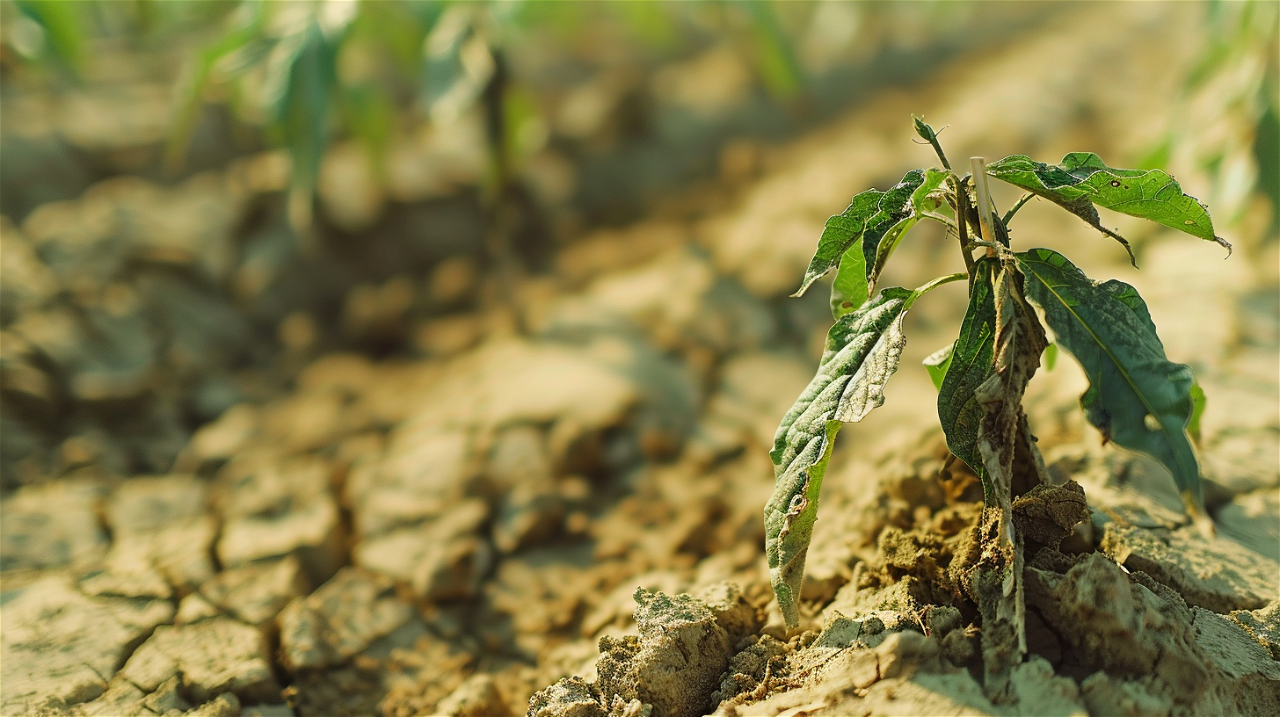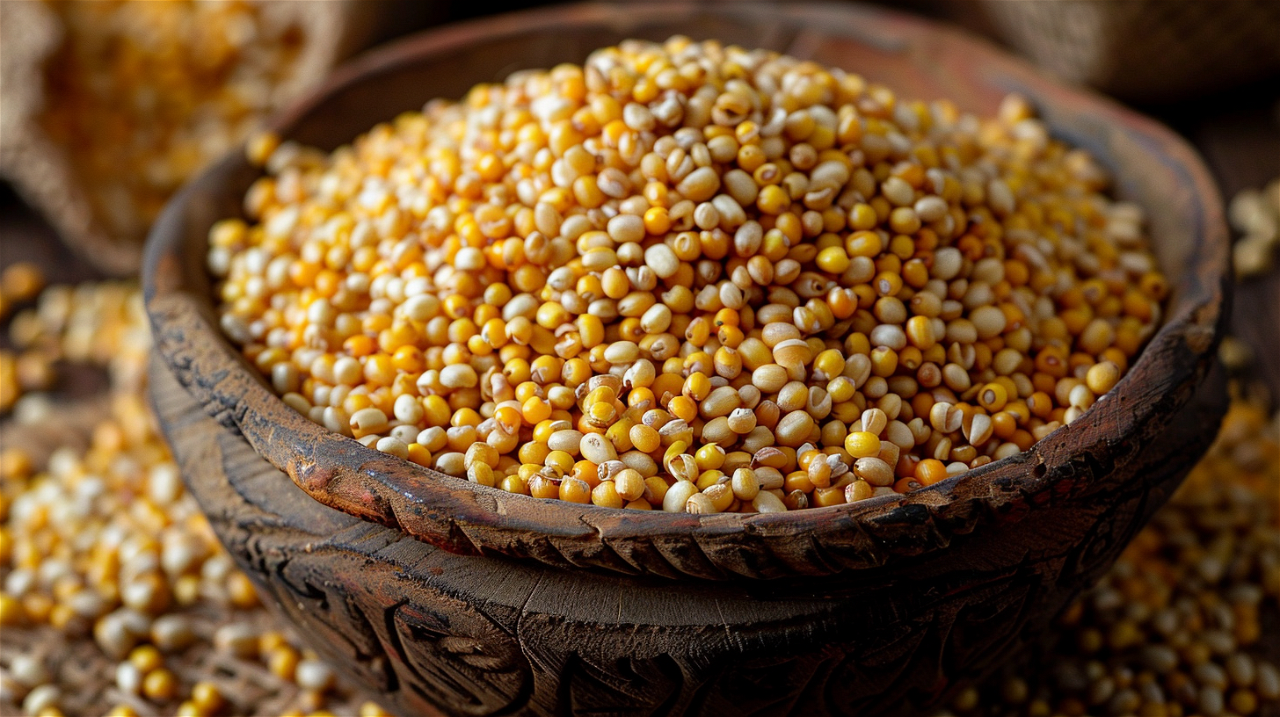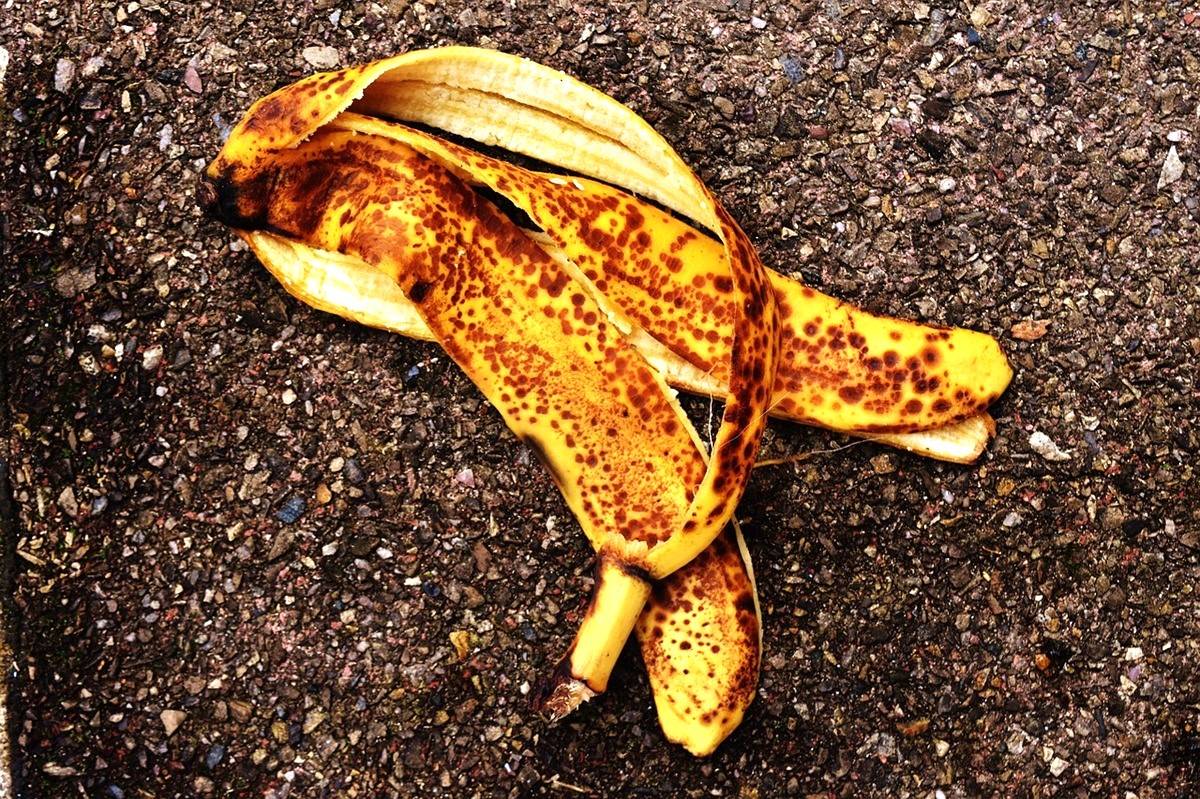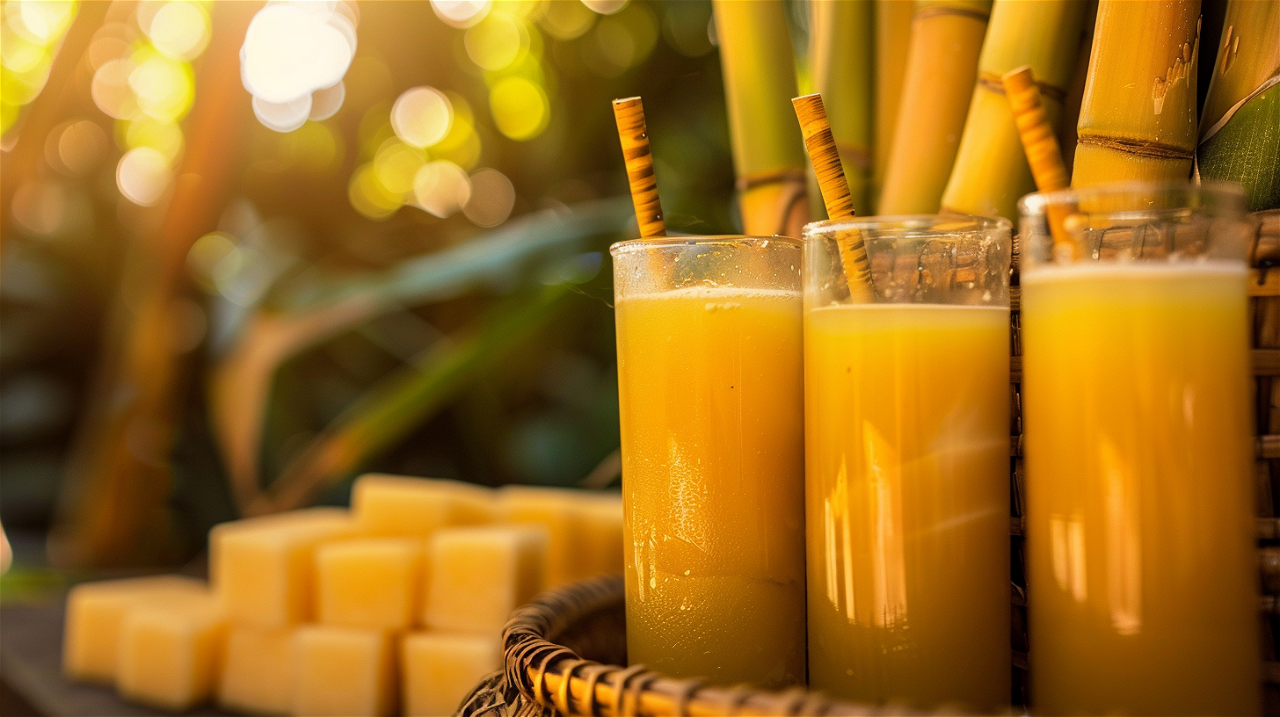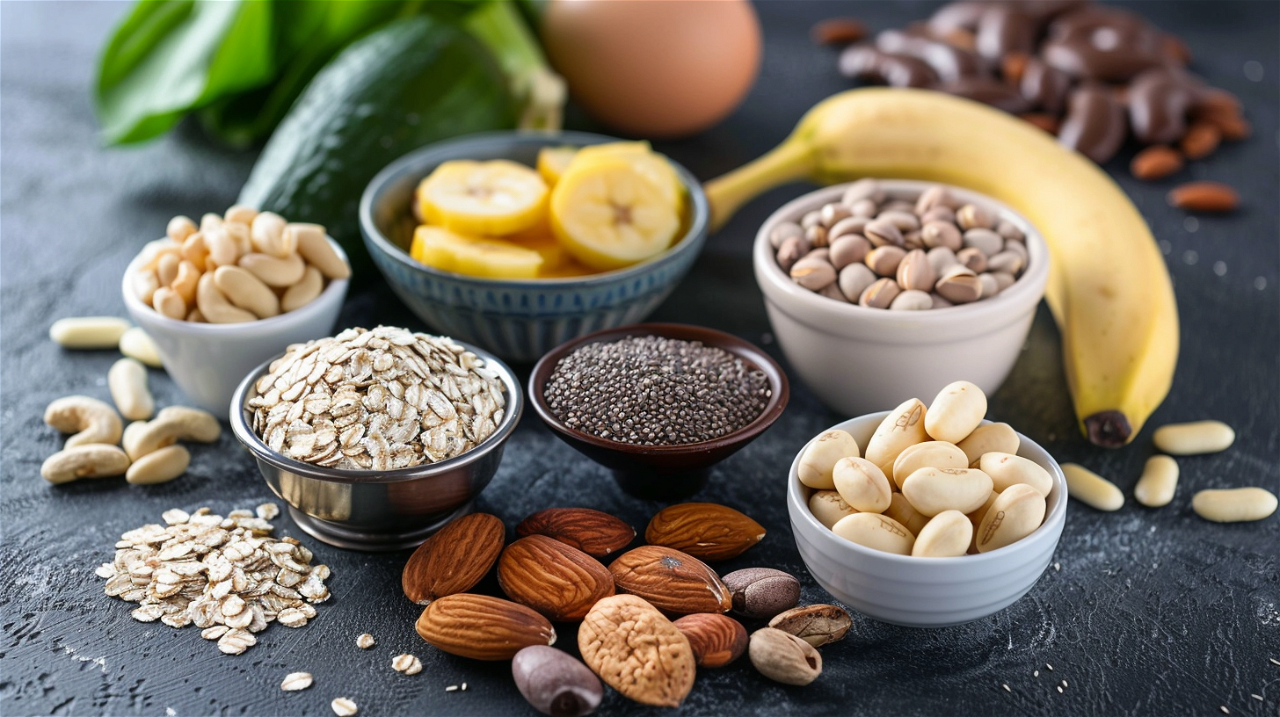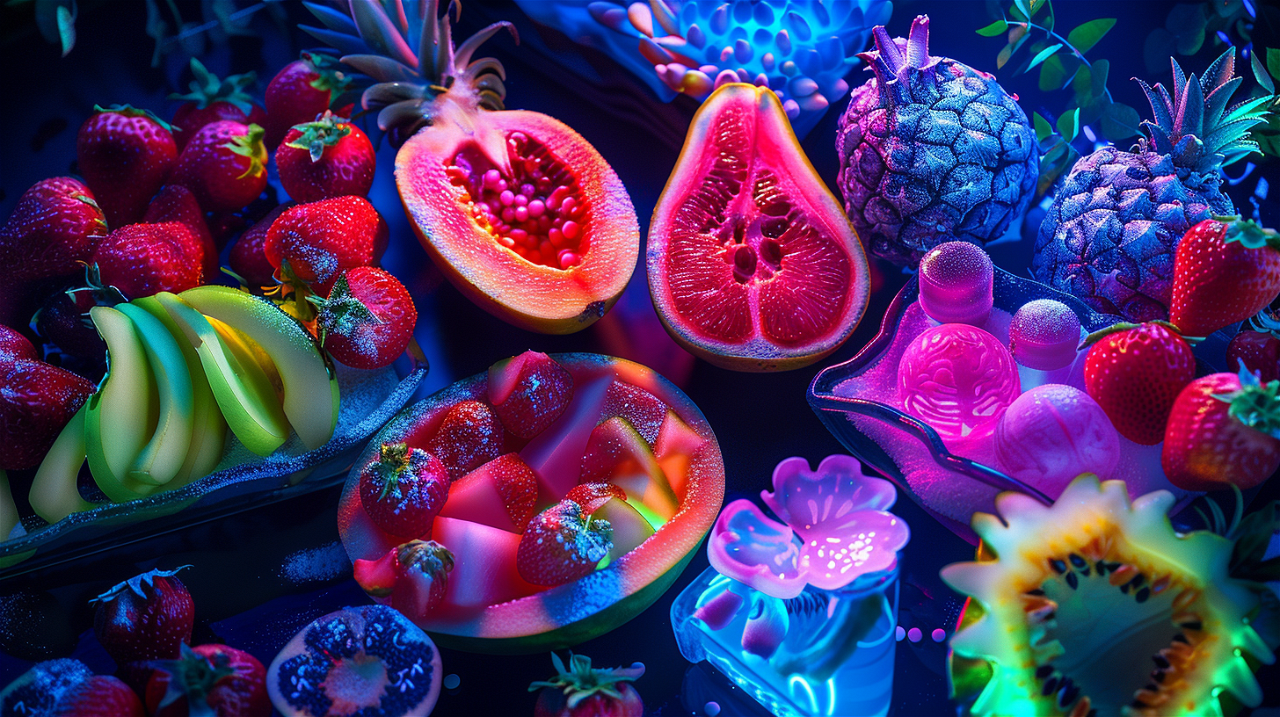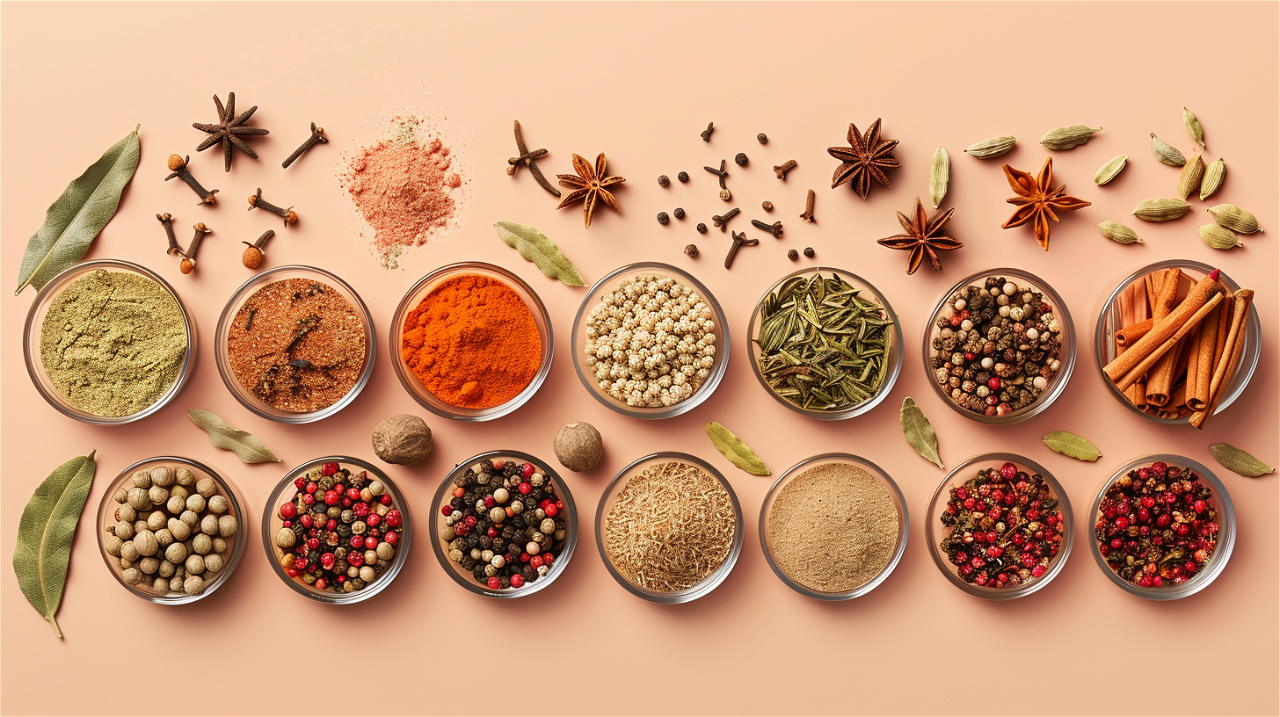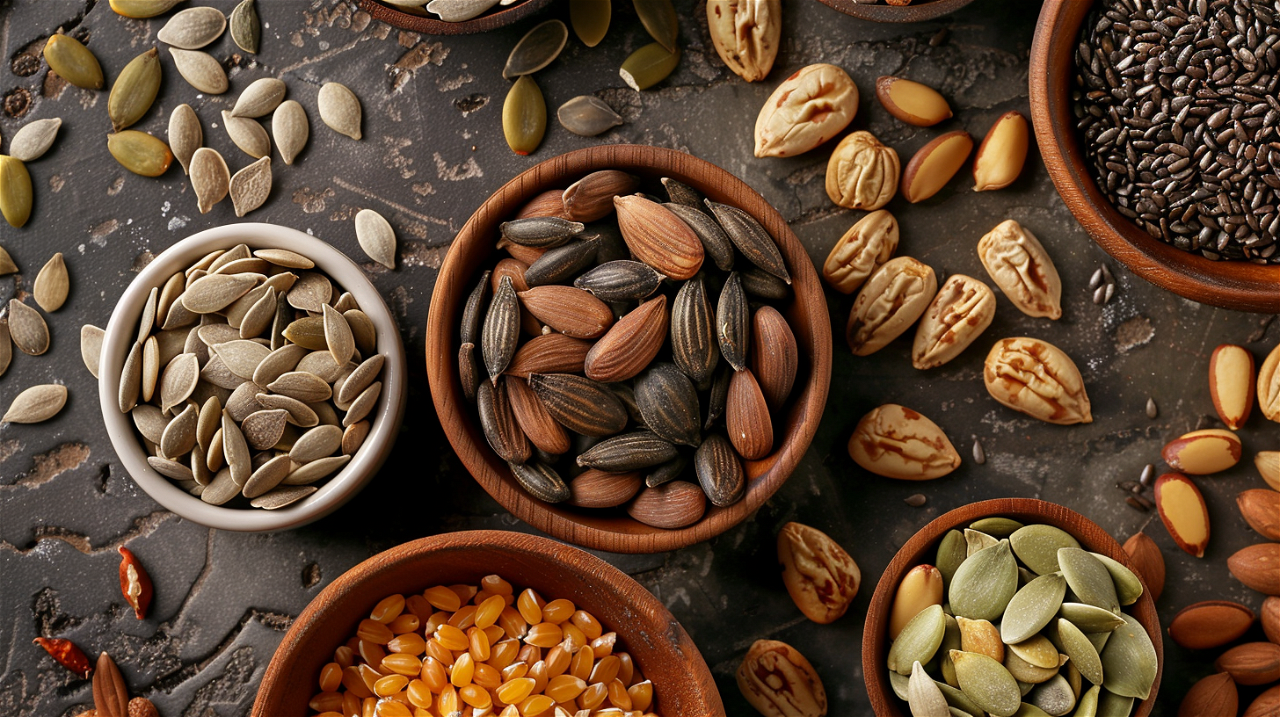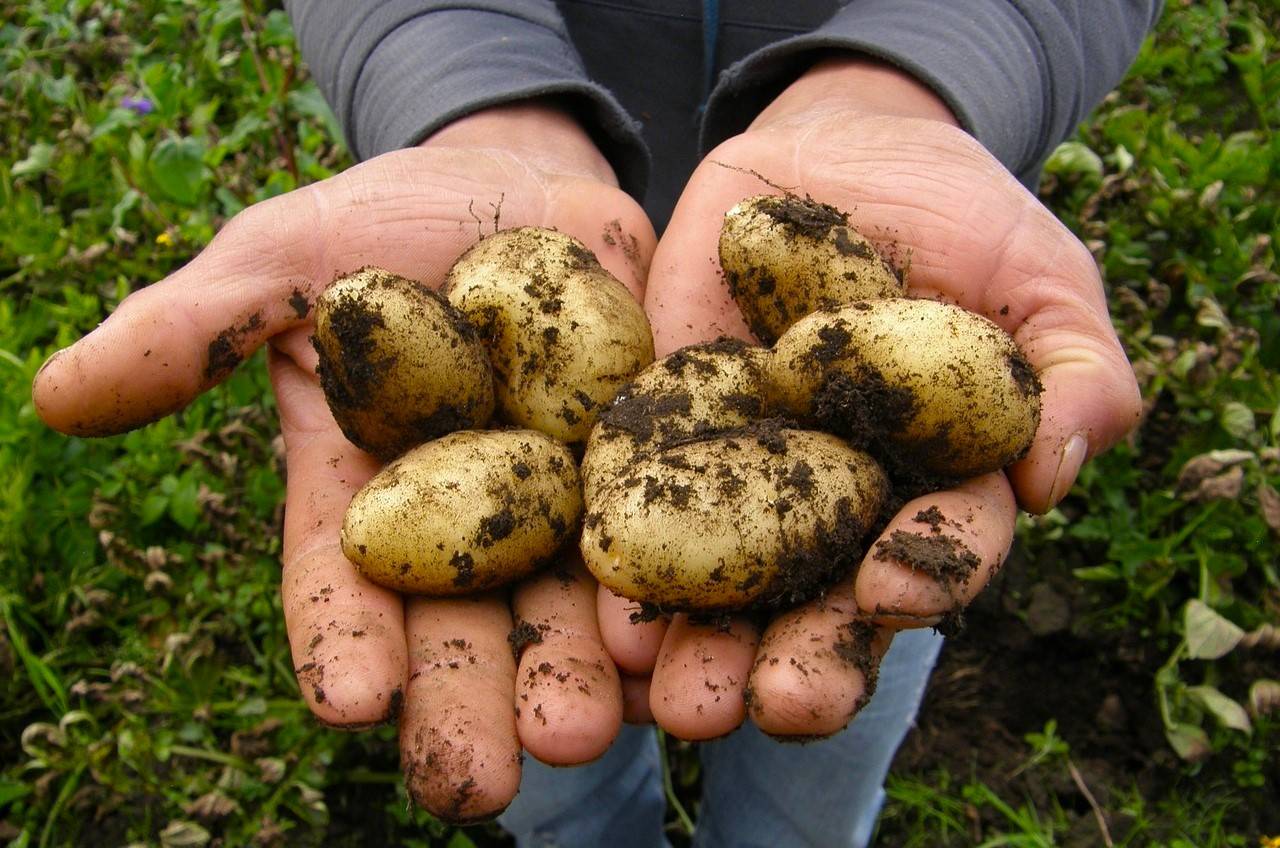
Ayurveda’s Hidden Gems: Understanding the Real Difference Between Gond and Gond Katira

In the world of traditional Indian wellness, ancient food wisdom often holds the key to holistic health. Two such natural substances that have been used for centuries in Ayurveda and Unani medicine are gond and gond katira. Though they may appear similar to the untrained eye and are often confused due to their shared use in traditional health remedies and sweets, these two gums are quite distinct in origin, properties, and application.
What is Gond?
Gond, often referred to as Gond Badam or Acacia gum, is a natural resin obtained from the bark of the Acacia tree, particularly species like Acacia senegal. It is typically harvested in arid and semi-arid regions of India, especially in Rajasthan and Madhya Pradesh.
When dried, gond appears as small, glassy, amber-colored crystals. It is tasteless and odorless in its raw form, but when cooked, especially in ghee or milk, it softens and becomes chewy, adding texture and nourishment to a dish.
Traditional Uses and Benefits of Gond
Gond is valued primarily for its warming properties and is widely used in the colder months. It is a common ingredient in laddoos, especially in gond ke laddoo, a rich winter treat made with wheat flour, ghee, and nuts. These are traditionally given to lactating mothers, children, and the elderly to provide strength and immunity.
Some of its well-known benefits include:
-
Strengthens bones and joints, especially in postpartum women.
-
Boosts stamina and energy levels.
-
Acts as a natural coolant when consumed in the right form.
-
Aids in weight gain in undernourished individuals.
-
Supports reproductive health and is considered beneficial for fertility in women.
Because of its binding properties, gond is also used in Ayurvedic formulations as a stabilizer and emulsifier.
What is Gond Katira?
Gond Katira, on the other hand, is a gum exudate obtained from the stem of the Astragalus plant, particularly Astragalus gummifer. Native to the Middle East, Iran, and parts of India, this gum is white to pale yellow in color and has a crystalline, irregular shape. It is also tasteless in its dry form but swells up into a jelly-like consistency when soaked in water, unlike gond, which dissolves when heated.
Due to its incredible cooling properties, gond katira is extensively used in summer drinks, especially faloodas, sherbets, and rose milk, to beat the heat.
Traditional Uses and Benefits of Gond Katira
Gond katira is known for its cooling, demulcent, and soothing effects on the body. It is a treasured remedy in Unani and Ayurvedic medicine systems for its effectiveness in managing internal heat and urinary issues.
Key health benefits include:
-
Reduces body heat and is ideal for hot climates or summer months.
-
Soothes the digestive system and prevents heat-induced acidity or ulcers.
-
Used as a natural laxative, especially for relieving constipation gently.
-
Beneficial in urinary tract infections and heat-related dehydration.
-
Acts as a skin coolant when consumed or applied topically in masks.
It is also used in pharmaceutical and cosmetic products for its emulsifying and thickening properties.
Gond vs. Gond Katira: Understanding the Key Differences
Now that we've uncovered the confusion between gond and gond katira, let’s take a closer look at what truly sets these two natural gums apart. Despite their similar names and shared roots in traditional Indian kitchens and Ayurveda, they differ vastly in origin, appearance, texture, and usage.
- Botanical Origin:
The most fundamental difference lies in their source. Gond, also known as edible gum, is obtained from the Acacia tree, specifically the Acacia senegal and related species. It is a resin that exudes from the tree’s bark and solidifies when exposed to air. On the other hand, gond katira comes from the Astragalus plant, a genus of shrubs native to the Middle East and parts of Asia. Its gum is collected from cuts made in the stems, where it oozes out and hardens into irregular, crystalline lumps. - Appearance and Texture in Water:
One of the easiest ways to tell them apart is how they behave when soaked in water. Gond dissolves into a thick, sticky, viscous liquid, almost glue-like in texture. In contrast, gond katira undergoes a complete transformation: it swells up and becomes a soft, jelly-like substance, translucent, fluffy, and completely different in texture from its dry form. This unique gelling property is what makes gond katira a favorite in many chilled beverages.

- Thermal Properties and Usage:
Another crucial difference lies in their energetic or thermal effects on the body. In Ayurvedic and traditional Indian dietary wisdom, gond is considered to have warming properties, making it especially beneficial during the colder months. It’s commonly used in winter preparations like gond ke laddoo, enriched with nuts, ghee, and spices, or added to warm milk to strengthen the body, especially postpartum or during illness recovery.
In contrast, gond katira is prized for its cooling nature. It is a natural coolant that helps bring down body heat, making it the ideal ingredient for summer drinks. You’ll find it in refreshing traditional Indian beverages like rose sherbet, lemon barley water, falooda, and jal-jeera. It's also known to soothe heat-related ailments such as nosebleeds, heatstroke, and urinary discomfort.
Culinary and Cultural Relevance
Both gond and gond katira hold a place of reverence in Indian kitchens, especially those where Ayurvedic principles are followed. They are incorporated into seasonal recipes, often under the guidance of grandmothers and traditional healers.
In Punjab and North India, gond laddoos are made during winter as a nourishing treat. Meanwhile, in Hyderabad and Lucknow, gond katira finds its way into layered desserts and cooling concoctions during Ramzan and the peak of summer.
Despite the modernization of food systems, these age-old ingredients are regaining popularity in urban wellness circles for their adaptogenic qualities and plant-based origin. However, due to their contrasting natures, they must be used seasonally and correctly, gond in winter, gond katira in summer.
While gond and gond katira may both be plant-derived gums with health benefits, they serve very different purposes. Gond is your go-to for winter nourishment and strength, while gond katira is the summer savior for hydration and heat relief. Recognizing their differences is crucial to using them effectively, safely, and in alignment with traditional seasonal wisdom.
In a time when natural remedies are gaining prominence, these traditional gums offer a perfect example of how ancient knowledge continues to be relevant. As always, moderation and proper knowledge are key—so consult with a practitioner or an elder in the family to best incorporate them into your diet.
Related News

Teej Festival 2025: Celebrating Divine Love, Womanhood, and Sacred Traditions Across India and Nepal




























































































































